Normally when I write a camera review, the conclusion or verdict would be pretty much based on the sum of its parts. But there are always exception and this review is one of those.
If you are a sports photographer, or photojournalist that shoots under various light condition, or parents that love taking photos of your little kids, this is not the camera you are looking for.
But if you love shooting landscape photos and would quite often carry your tripod with you, or maybe you also shoot in the studio quite a bit, then despite all its flaws, this is probably one of the best camera you can find in the market right now.
The camera I’m reviewing is the new Sigma SD Quattro.
The Sigma SD Quattro is the first camera from the brand new Sigma mirrorless camera system. The main selling point is probably it’s 20MP APS-C (1.5x crop factor) Foveon sensor which Sigma claims to have a resolution “equivalent” to 39MP.
Sigma has also announced another camera for it’s mirrorless camera family, the Sigma SD Quattro H, which is very similar but with a slightly larger 25.5MP APS-H size (1.3x crop factor). The claimed equivalent resolution is 51MP.
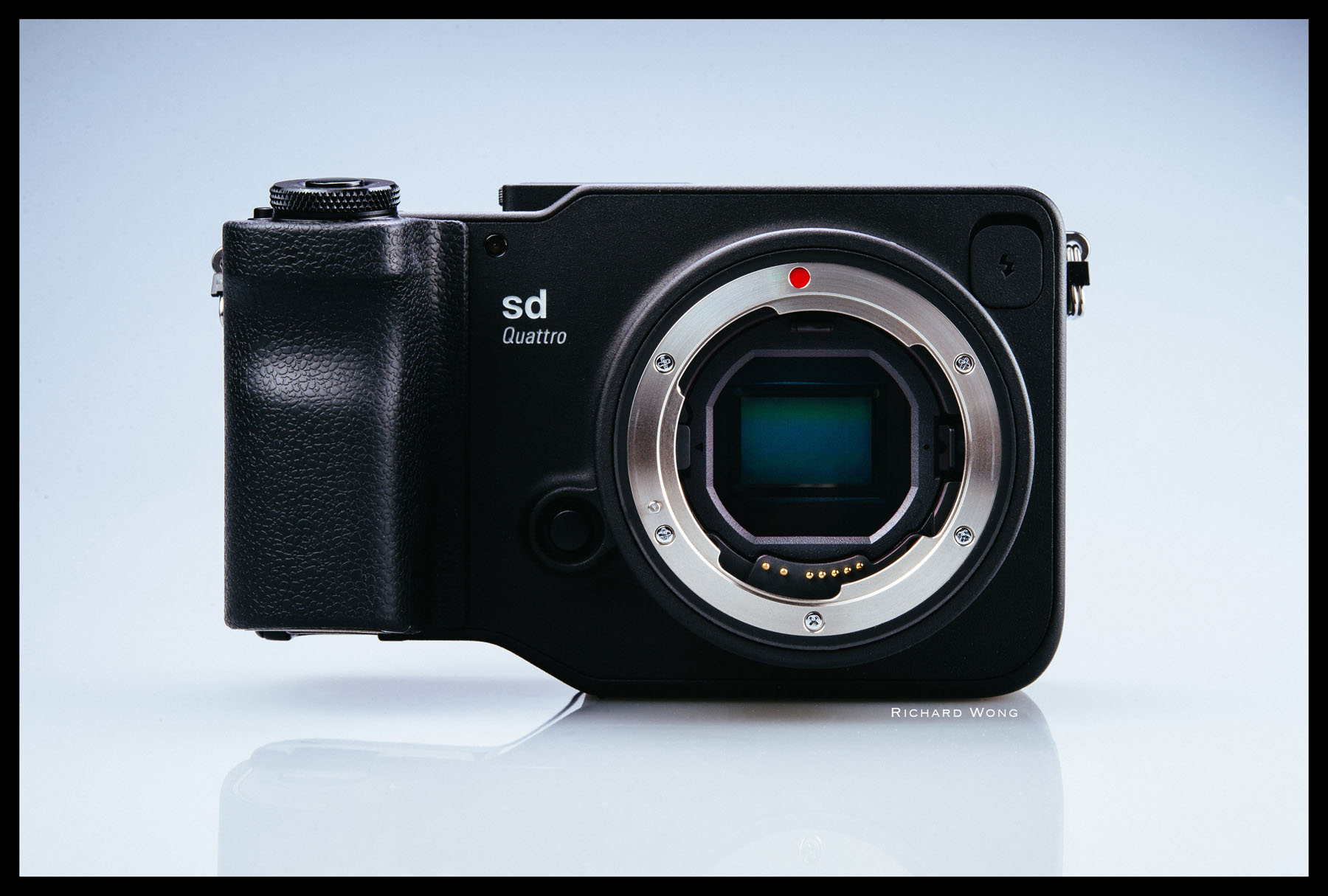 It’s all about that Foveon X3 Quattro sensor
It’s all about that Foveon X3 Quattro sensor
The reason Sigma claims a high equivalent resolution is because of Foveon sensor’s unique design. With the Bayer filter sensor (that is the type of sensor used in 99.9% of cameras in the market), the red, green and blue colour photosensors are positioned at different locations and it relies on Bayer filter to interpolate and re-create the colour photo. With the Foveon sensor, the red, green and blue (RGB) photosensor stacks on top of each other at exactly the same location, and therefore allows the camera to capture very accurate and sharp pixel level information. Because of that, the same resolution photo from a Foveon sensor camera should be significantly sharper than the photo from a Bayer filter sensor at same resolution.
And if you have used any Foveon sensor camera you would know how sharp the photos from the Foveon sensor really is. Below is an sample photo I took using the SD Quattro and the 30mm f/1.4 DC ART kit lens. Top is the uncropped photo, bottom is a 100% crop near the middle. Look at how sharp everything is and the amount of fine details the camera managed to record.
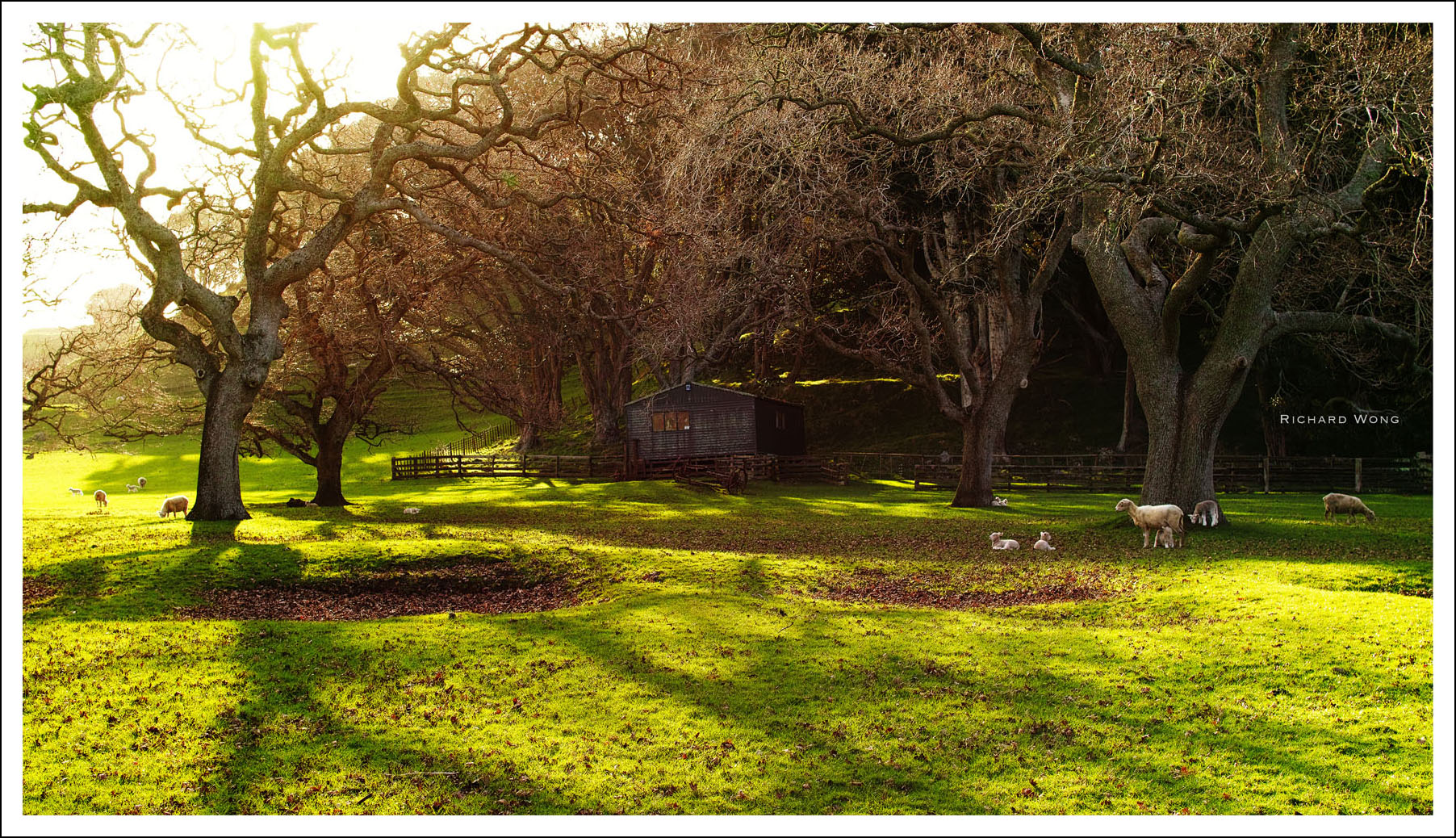 Sigma SD Quattro + Sigma 30mm f/1.4 DC ART – ISO 100 f/5 1/125s
Sigma SD Quattro + Sigma 30mm f/1.4 DC ART – ISO 100 f/5 1/125s
Now, to see whether the claimed 39MP equivalent resolution is just a marketing gimmick or not, I took some comparison photos with my 36MP full frame Nikon D800. I took the two comparison photos within a minute with same settings. ISO 100, f/5.6 and 1/800s , camera was on a tripod with timer. I have the Sigma 30mm DC 1.4 ART lens on the Sigma, and the Sigma 50mm f/1.4 ART lens on the Nikon. Both photos were shot in RAW and converted to JPG using standard settings and no additional sharperning applied. For the Sigma, I save it to 39MP JPG. And below are the 100% crop near the centre of the photo.
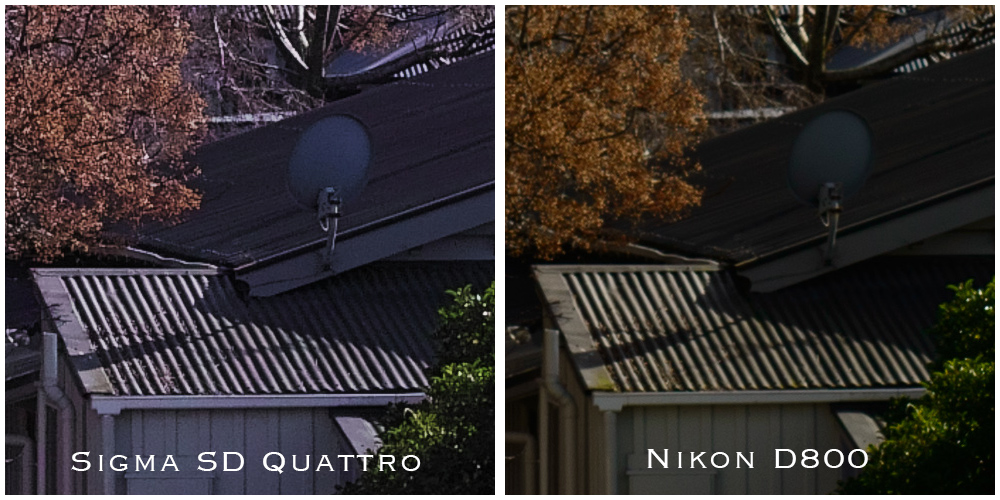 100% Centre crop – Sigma SD Quattro vs Nikon D800
100% Centre crop – Sigma SD Quattro vs Nikon D800
(The cameras were in AWB and that’s why the difference in colour balance)
You can see the output from the Sigma is significantly sharper and contains a lot more fine details than the output from the Nikon. I have not normalised (i.e. resized) the output from the Sigma to match the lower resolution Nikon (when does a 36MP camera become a lower resolution camera!??). So if I resize the 39MP JPG from the Sigma down to 36MP, Sigma’s per-pixel sharpness would be even better.
I guess it shows the claimed 39MP equivalent resolution is definitely not just a marketing gimmick. Everytime I open a image from the SD Quattro and see it full screen, I’m blown away by how sharp every thing is. The colours are also rendered beautifully.
And while it’s true that the latest 36MP D810 or even the D800E can both output sharper image than the D800, when I was working on the D810 review, I found the difference between them and the D800 is actually pretty small when shooting real life photo. So I’m pretty sure the output from the D810 still can’t resolve as much fine details as the Sigma SD Quattro.
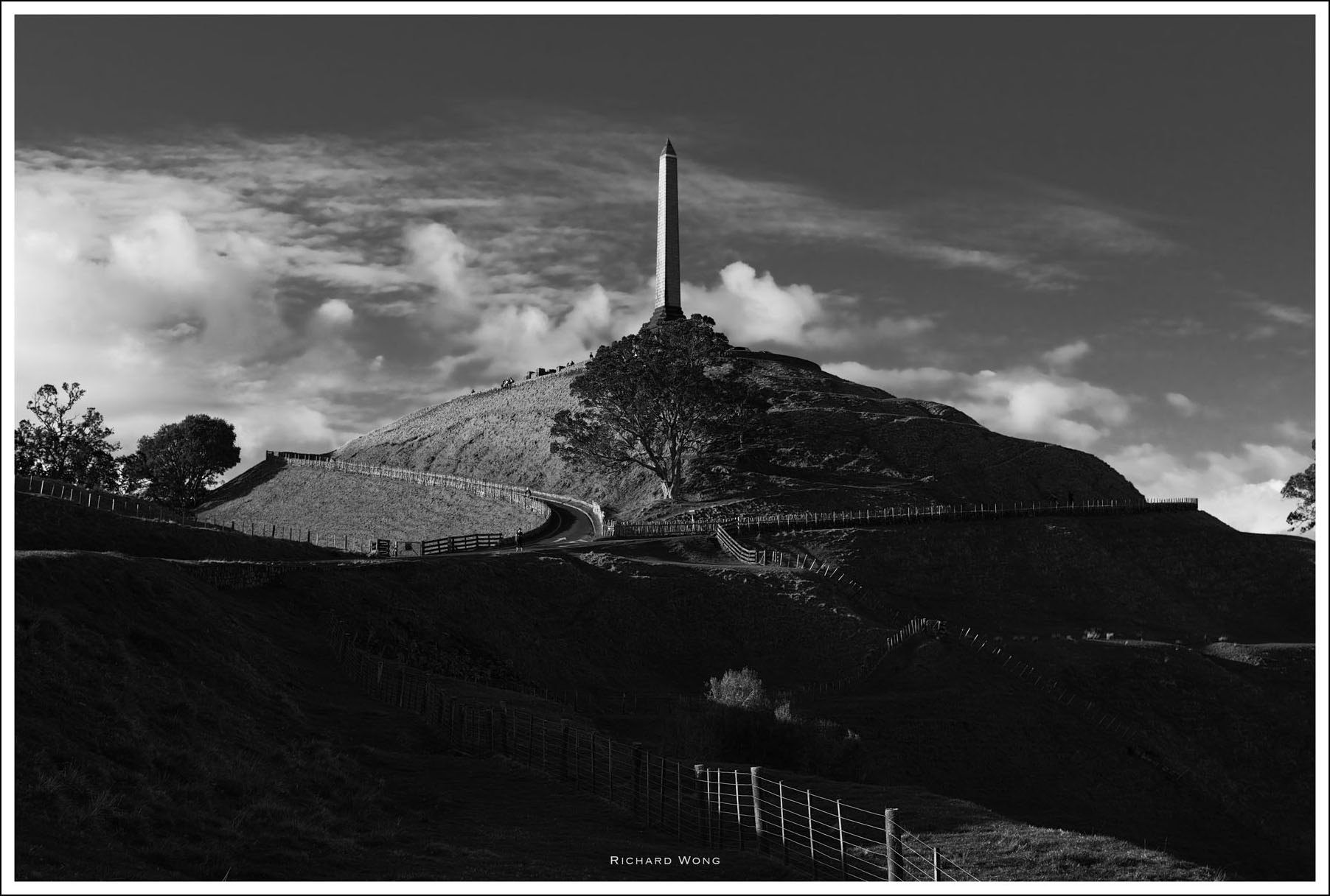 Sigma SD Quattro + Sigma 30mm f/1.4 DC ART – ISO 100 f/5 1/125s
Sigma SD Quattro + Sigma 30mm f/1.4 DC ART – ISO 100 f/5 1/125s
The Sigma SD Quattro creates beautiful and amazingly sharp black and white images, but the Sigma software has very limited B&W conversion adjustments so I converted the RAW to a 16bit colour TIFF then bring it to Lightroom for the B&W conversion.
While the SD Quattro’s dynamic range appears to be not as good as the latest Nikon or Sony cameras, the camera has a Super-Fine Detail (SFD) exposure mode which basically shoot seven photos each at different exposure and the results are combined together as a huge X3I format file. (7 x normal raw file size) This mode is used to improve the dynamic range and also minimise the image noise. Downside of the SFD mode is that you pretty much have to use a tripod and you might also end up having some weird results when shooting a scene with moving objects.
The Foveon X3 Quattro sensor used in the SQ Quattro is slightly different to the original Foveon sensor. The blue photosensor layer at top has 4 times the high resolution of the red and green photosensor layers underneath it are of lower (1/4th) resolution. This is to combat the major weakness of the Foveon sensor, poor high ISO performance as light need to travel through the three layers.
But having said that, the SD Quattro’s high ISO performance is still not very good. Below are samples took at various ISO. Left is the full image, and right is the 100% cropped
Even at ISO 400, image degradation is already quite noticeable and the image lost quite a bit of colour information. I wouldn’t want to shoot above ISO 800 normally. I would suggest keep the ISO at 100 or 200 for best image quality. After all, this is really a camera designed for best picture quality over anything else.
The camera allow you shooting in various aspect ratio apart from the native 3:2 format. The most interesting one is the 21:9 super widescreen format as I love super wide aspect ratio photos!
The Hasselblad XPan panoramic camera is something I want to buy for quite a while so I can shoot some super wide aspect ratio photos. While I can always crop a normal 3:2 ratio photo and make it super wide, it’s quite hard to do it nicely as my brain just can’t visualise the scene when my eyes are looking through the normal 3:2 / 4:3 viewfinder. I remember many years ago, when I was using my Panasonic GF1 to do street photography, I even taped the top and bottom of the LCD screen with some black tapes so I can visualise the cinematic super widescreen composition. Not the perfect solution at it covers up a lot of on screen display information permanently but at least it helps me visualise the image a lot better.
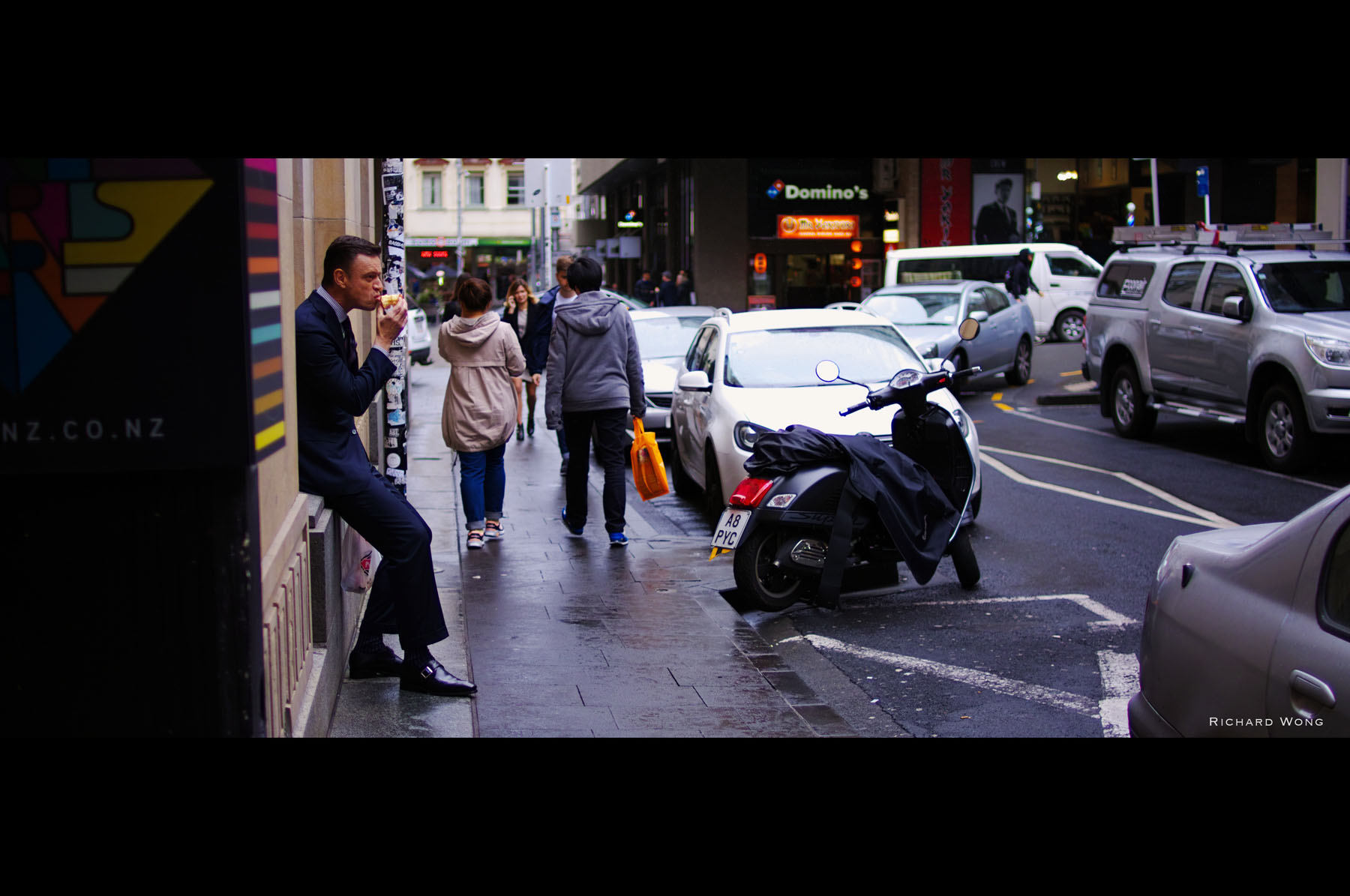 Sigma SD Quattro + Sigma 30mm f/1.4 DC ART – ISO 100 f/1.4 1/400s
Sigma SD Quattro + Sigma 30mm f/1.4 DC ART – ISO 100 f/1.4 1/400s
Cinematic?
So as you can imagine, I really like how Sigma has implemented many different aspect ratios on the SD Quattro (and also their older cameras), especially the 21:9 mode. I actually have the Sigma SD Quattro set to 21:9 mode most of the time and pretend it is my digital XPan. I love the 21:9 photos from the SD Quattro!
Next, let’s talk about the camera body, design and handling.
Instead of following DP Quattro’s form over function design, which end up giving us a camera that looks super cool but have poor ergonomics (try hold the DP Quattro with one hand and take photo!), the SQ Quattro’s body design is definitely function over form. The SQ Quattro is nowhere as sexy looking as the DP Quattro, but the camera’s ergonomics is so much better! The grip on the SQ Quattro is really nice and very supportive. Holding the camera and shoot with one hand is not an issue anymore. I also really like is the large power switch that is located at the top of the lens mount. This may seem a bit unusual place to place the power switch but it is exactly where your left thumb would naturally rest on when you holding the camera. It makes turning on/off the camera really quick and easy.
And I actually quite like how the camera looks. It looks tough, almost look like it is something designed for military use. Not only that, the camera also feels like a military device when you hold it in your hand. The camera is very solid and feels very metal. When I open the memory card door I was really impressed as it feels surprisingly sturdy and nice. Same as the battery door that is really thick, solid and doesn’t feel filmsy at all.
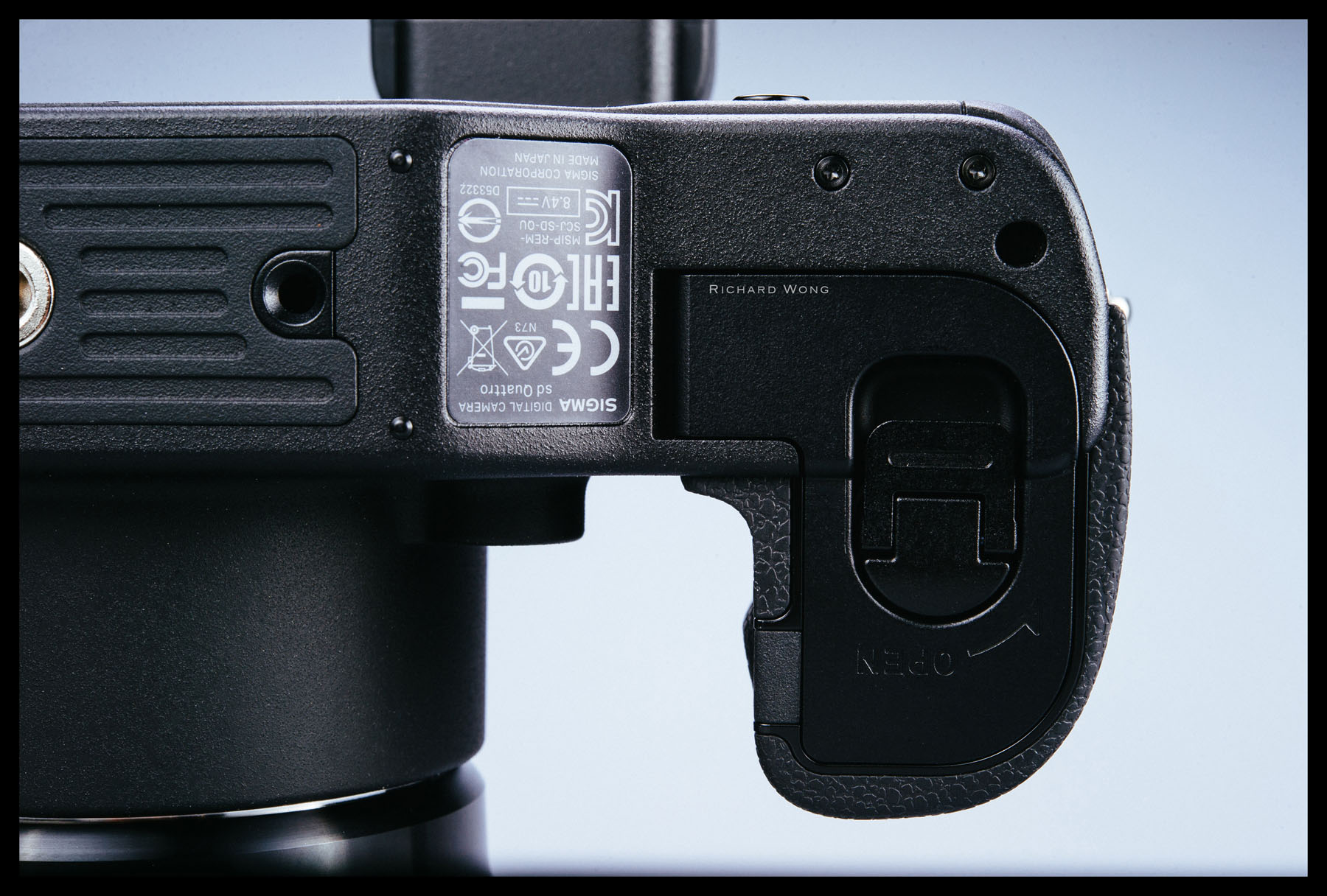 Surprisingly solid battery door and memory card door
Surprisingly solid battery door and memory card door
The SD Quattro’s body is not overcrowded with gazillion of buttons and dials. But there are enough buttons for most of the frequently used features, and with the QS (Quick Select) menu I rarely have to go inside the normal camera menus to change settings. The camera menus are quite responsive, and while there are a few minor things I think can be better arranged, overall, the menu layout isn’t too bad at all.
The camera responses quickly when you are going through the menus. Unlike the previous Sigma cameras, the SD Quattro wouldn’t lock up completely for a few seconds after taking each photo.
The SD Quattro is supposed to be weather resistance as well. I haven’t really test it myself to verify but looking at the seals and doors..etc there is no reason to doubt it. But no matter what, the Sigma SQ Quattro is easily one of the most solidly built mirrorless camera I’ve ever used.
At the back of the button you’ll see a big and really wide LCD screen. At first I thought the wide LCD screen would be great when shooting at the 21:9 aspect ratio mode, but then I realise it’s actually two LCD screens sitting side by side. One is a normal size one for displaying all the normal primary information like live view, or review photo. And next to it is the smaller secondary screen which displays some camera settings. This is the first time I’ve used a camera with this kind of screen setup. It feels a bit weird at first, but later on I found it totally make sense. Having the photo (either live preview, or review) and all the camera/shooting information displayed together just seem a lot more logical then having some of the information displayed separately at the top LCD screen. I still think it would be really awesome if it is indeed a single wide aspect ratio screen so I can see the 21:9 mode photo/live view full screen.
When I was reviewing the DP Quattro, one thing I didn’t really like was the lack of a viewfinder. When shooting under bright sunlight, it’s always a bit tricky (or really tricky) to see exactly what you are shooting and also check the brightness by just looking at the LCD screen. So I’m really happy that the SD Quattro has a built-in electronic viewfinder and a pretty high resolution one too. However, when I first started using the camera, I was quite puzzled as the EVF looks very low resolution. I even wondered if the specs were wrong as no way what I see is the output from a 2.3 Million dot EVF. But then I realised the graphic user interface, such as the overlay text, lines are all nice and high resolution. It’s the image feed that is of low resolution, and also flickering all the time as well. Yes I saw similar thing on the Sigma DP Quattro’s LCD screen. So i believe what happened is for some technical reasons, the camera is only feeding low resolution/quality image to the EVF (or the main LCD if you not using the EVF), and therefore it makes the EVF appears to be of low resolution. While this doesn’t really affect the image quality, this is a bit of shame as the EVF is actually pretty nice and high resolution. And being able to see a nice and high resolution preview on the EVF would give me a much better user experience.
Battery life is traditionally another weak area with the Sigma cameras partly because of the Foveon sensor. The DP Quattro and DP Merrill cameras were actually shipped with two batteries because of that.
Now, with the much bigger grip in the SD Quattro, it allows Sigma to upgrade to the bigger BP-61 battery. I can’t find any official information about the rated battery life but during the review period, the battery seems to last around 150-200 shots per charge. It is still not terrific but it almost double what I got out of the DP Quattro and it’s not too far from the typical battery life you would expect from most mirrorless cameras. There is an optional battery grip that allows you to install an additional battery. Personally I would not bother with this optional grip and just get one or two extra batteries instead if I am planing to do some heavy shooting.
Like the previous Sigma cameras, the SD Quattro’s body would get slightly warm after prolonged use. Not terrible but you can feel it.
The camera has a new dual autofocus system which uses both contrast and phase detection. Sigma claims “Combining these two methods in a single system delivers AF that is fast and precise at the same time.” While I would agree the autofocus is pretty precise, fast is really not the right word to describe SD Quattro’s autofocus performance.
Autofocus is sluggish, even during a bright sunny day. While shooting landscape or portrait it is not really a problem, don’t think about shooting action using this camera.
On the other hand, the manual focus implementation is not bad and quite easy to get good results. I end up shooting in manual focus mode quite a bit when taking landscape photos.
The SD Quattro cannot record any video at all. Frankly I don’t think anyone would be upset by it as video recording is never Sigma’s expertise so if Sigma cannot give us decent video recording feature, it might be better just skip it completely and focus on other areas.
Because of the unique Foveon sensor design, the RAW files from the camera cannot be read by most imaging software. You pretty much have to rely on Sigma’s own ProPhoto software to edit the RAW files from the camera. And this is probably one of the most painful point shooting with the SD Quattro as the ProPhoto software is very slow, has very limited features, even though the output is absolutely beautiful. Making even any tiny adjustment would trigger a full re-render of the image which takes at least about 5 seconds on my 2014 Quad Core i7 Macbook Pro.
EDITED 2017 JUL 22: The latest camera firmware now allows you to capture RAW file in DNG format, which means the RAW file can now be edited by most popular software editing software, such as Lightroom, Photoshop..etc. Thanks to my reader Ric Blessing pointing out!
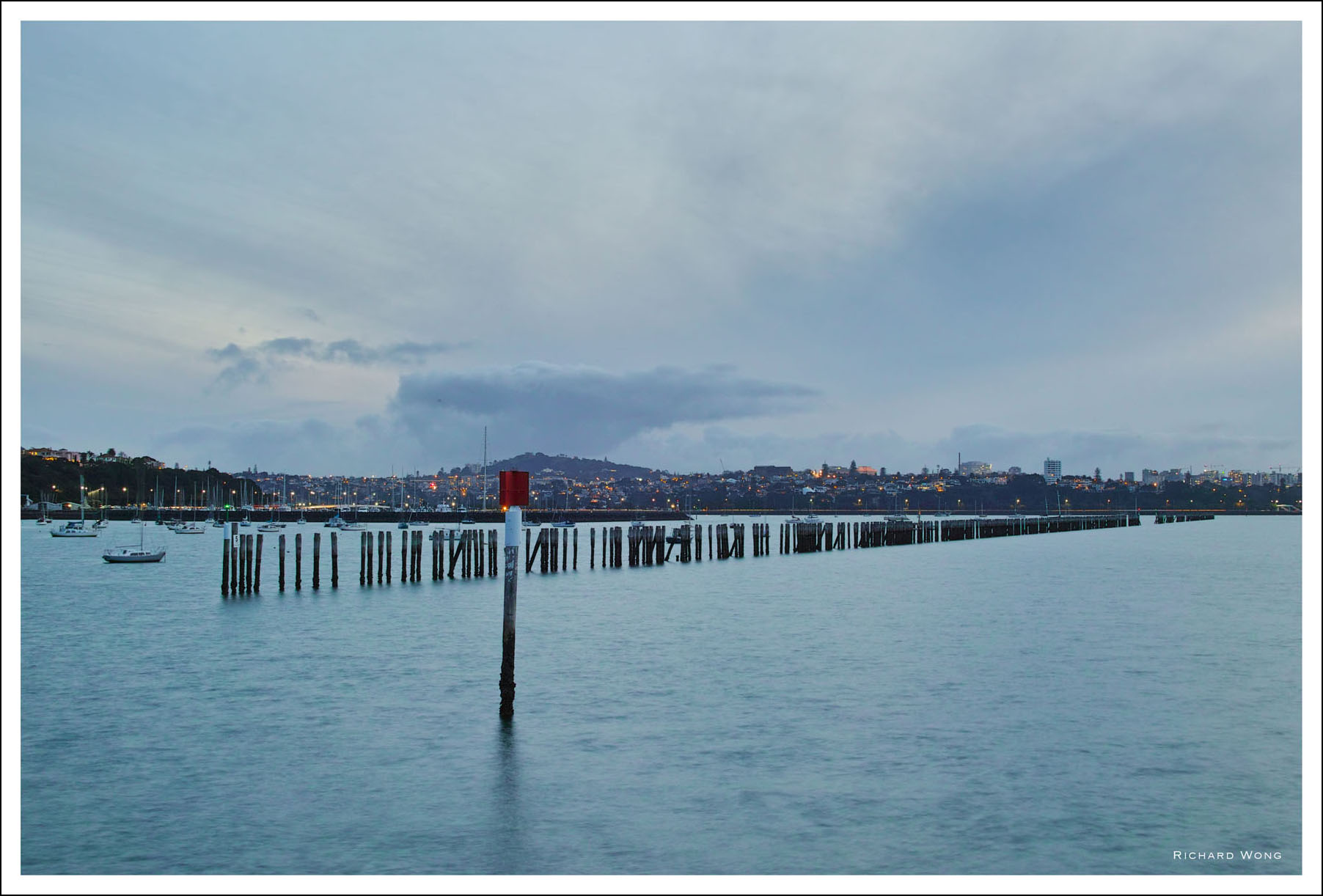 Sigma SD Quattro + Sigma 30mm f/1.4 DC ART – ISO 100 f/14 4s
Sigma SD Quattro + Sigma 30mm f/1.4 DC ART – ISO 100 f/14 4s
Shooting the Sigma SD Quattro is really quite like shooting a medium format camera loaded with slide film. The camera is a bit clunky and slow to operate. It doesn’t have many (or any?) really cool features like the other mirrorless cameras. And just like slide film, the dynamic range and ISO are both pretty limited so you have to carry a tripod with you most of the time as you need to shoot at low ISO and make sure your exposure is spot on. But unlike most medium format cameras that have a nice and big viewfinder, SQ Quattro’s EVF only display you low resolution image preview.
So it is a bad camera? NO! No way! The camera has so many flaws and is lacking behind other cameras in the market in many areas.
But the SD Quattro’s picture quality is just so good that would make you want to forgive all it’s flaws and issues. If you understand the strength and weakness of this camera and work within its limits, it could be the best camera for you and you will be rewarded with some really really nice photos.
The image sharpness is fantastic, it resolves more details than my 36MP Nikon and the photo is just absolutely beautiful.
If you love shooting landscape photos, there is simply no other camera in the similar price range can give you photos with such beautiful colours and sharpness.
Sample Photos
All Colour samples are converted from RAW to JPG using Sigma Photo Pro 6. Adjusted to taste. Black and White samples are coverted to 16bit Tiff using Sigma Photo Pro6, then converted to JPG using Adobe Lightroom CC
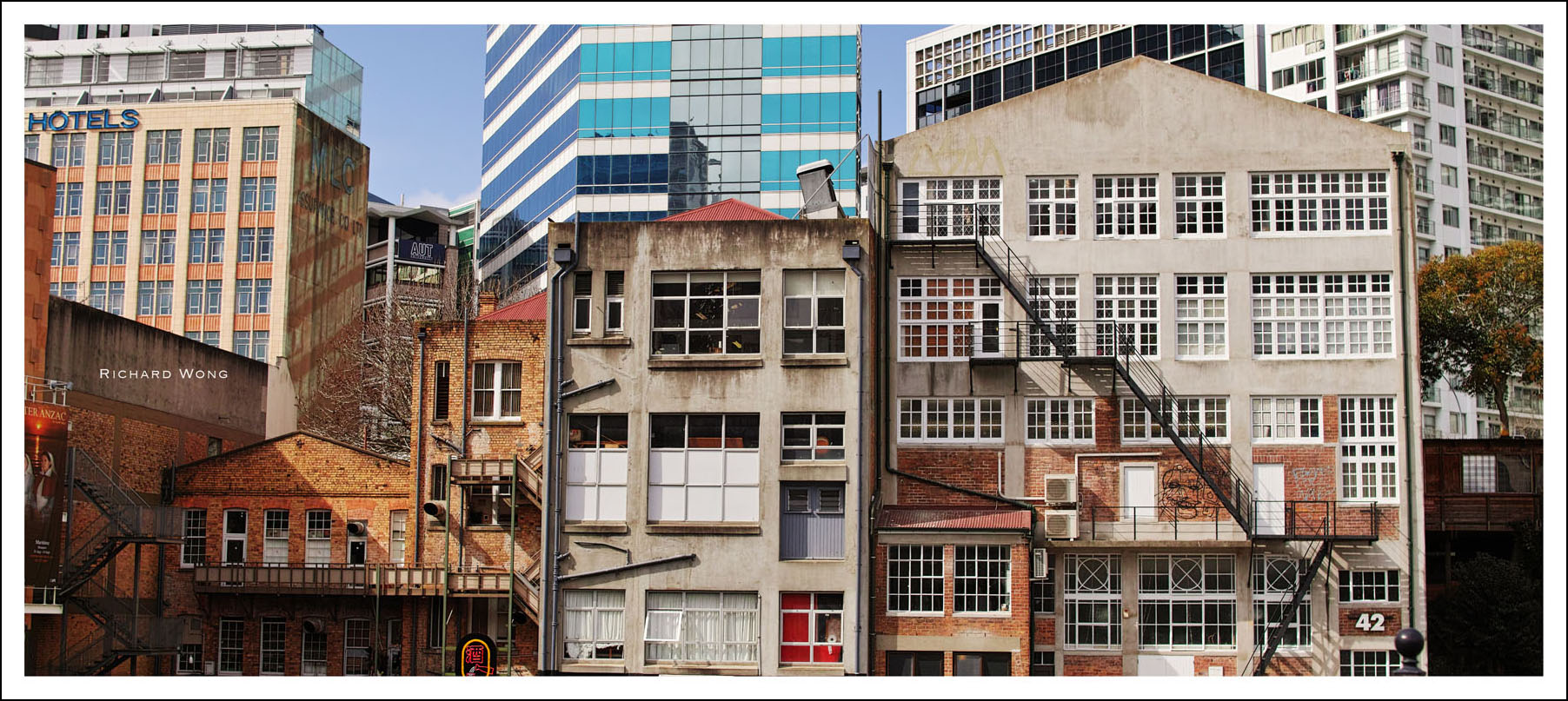 Sigma SD Quattro + Sigma 30mm f/1.4 DC ART – ISO 100 f/4 1/1000s (21:9)
Sigma SD Quattro + Sigma 30mm f/1.4 DC ART – ISO 100 f/4 1/1000s (21:9)
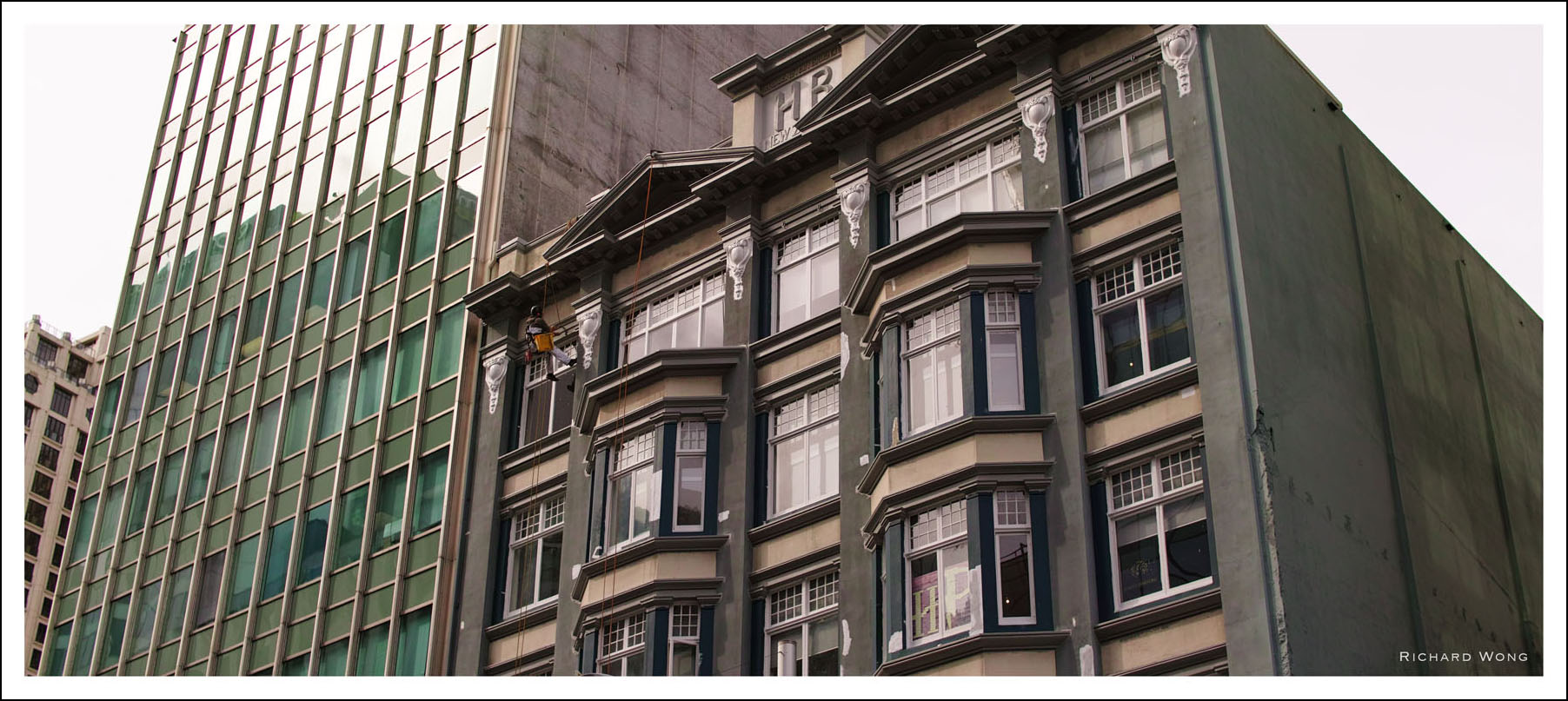 Sigma SD Quattro + Sigma 30mm f/1.4 DC ART – ISO 100 f/2.8 1/2000s (21:9)
Sigma SD Quattro + Sigma 30mm f/1.4 DC ART – ISO 100 f/2.8 1/2000s (21:9)
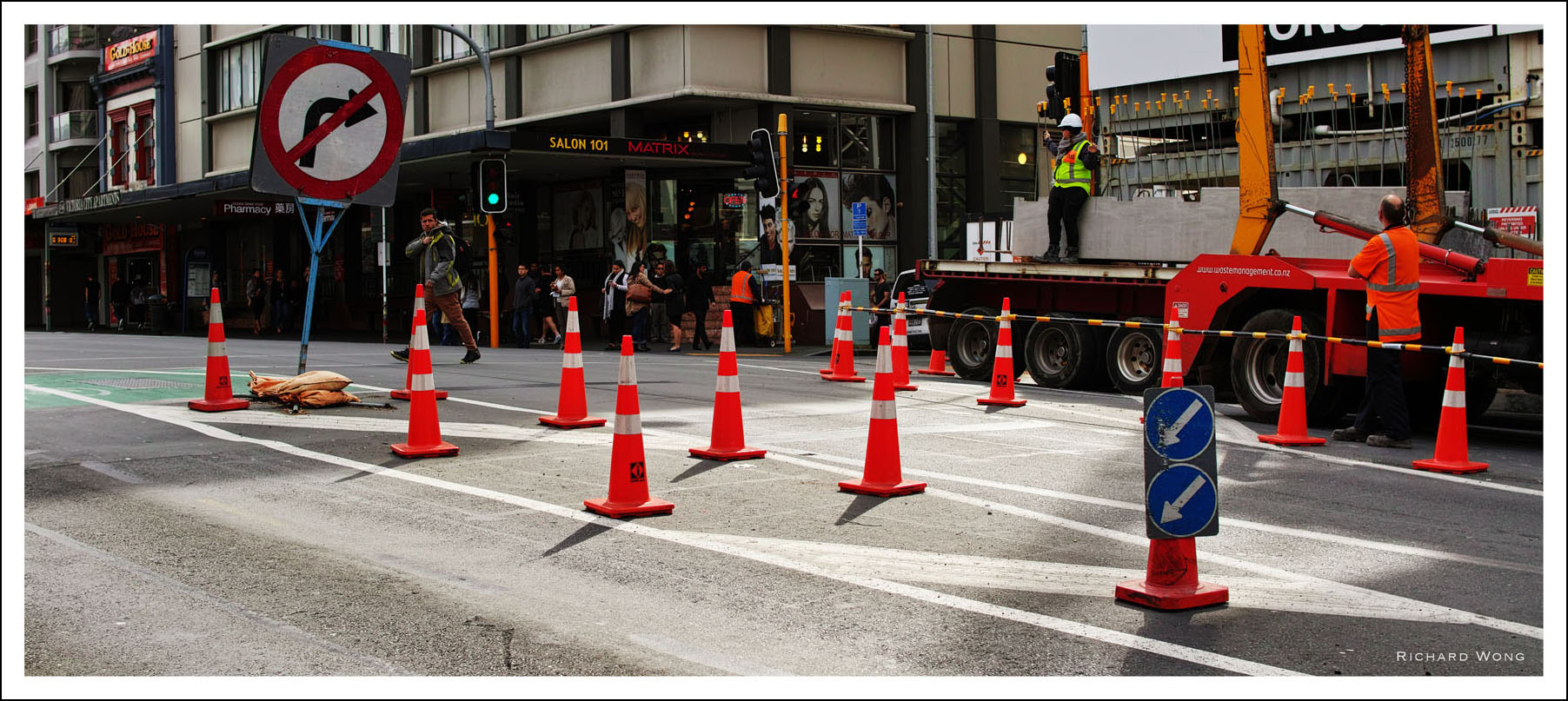 Sigma SD Quattro + Sigma 30mm f/1.4 DC ART – ISO 100 f/4 1/500s (21:9)
Sigma SD Quattro + Sigma 30mm f/1.4 DC ART – ISO 100 f/4 1/500s (21:9)
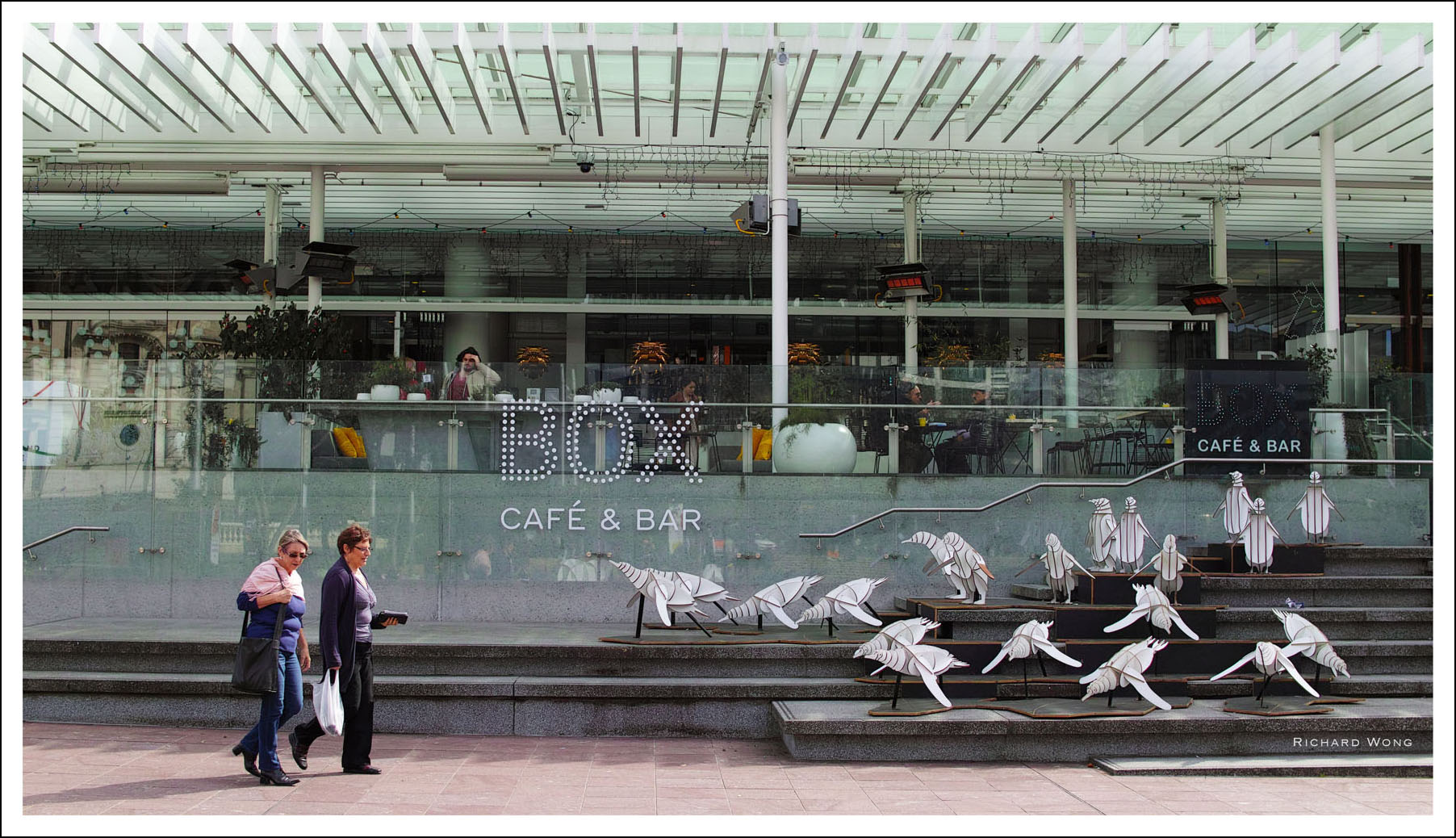 Sigma SD Quattro + Sigma 30mm f/1.4 DC ART – ISO 100 f/3.5 1/1600s
Sigma SD Quattro + Sigma 30mm f/1.4 DC ART – ISO 100 f/3.5 1/1600s
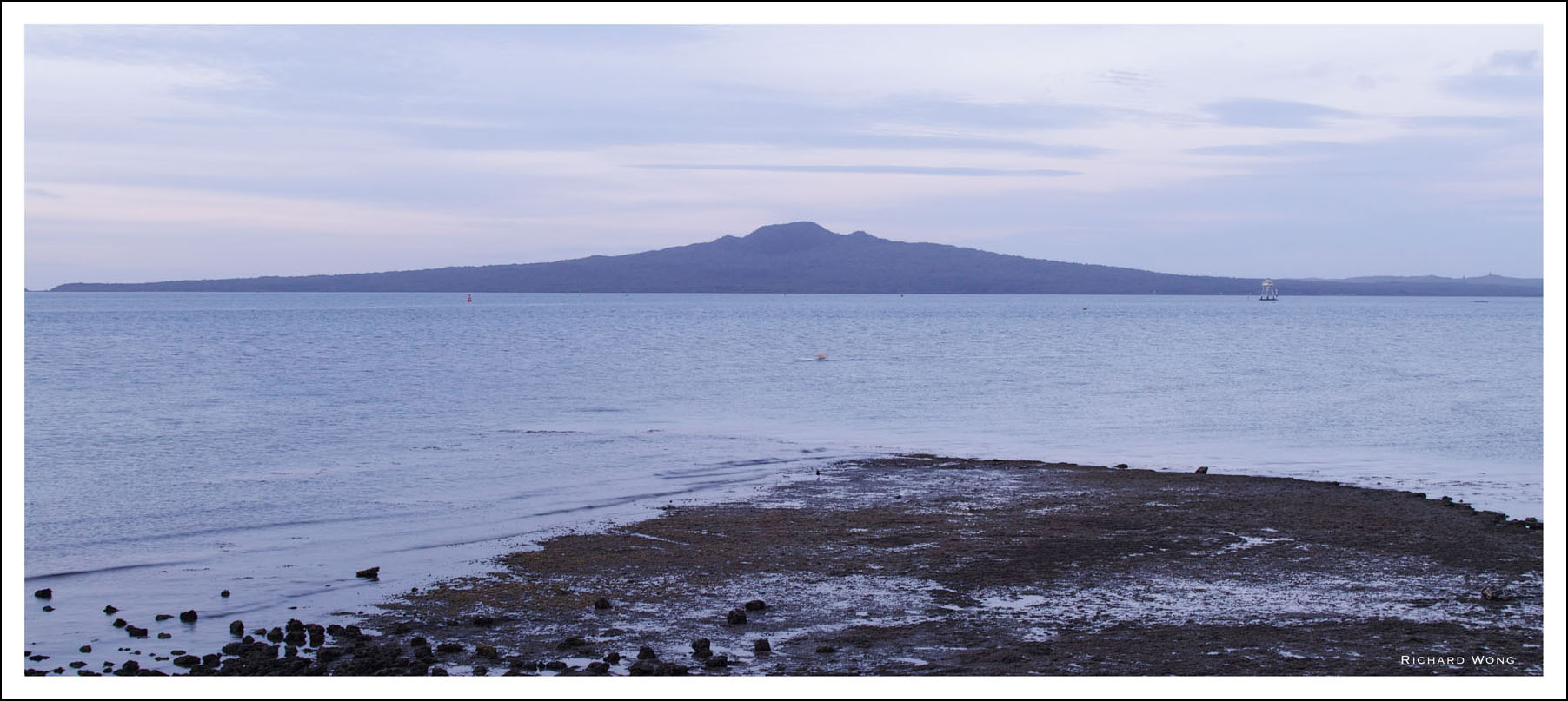 Sigma SD Quattro + Sigma 30mm f/1.4 DC ART – ISO 100 f/10 0.3s
Sigma SD Quattro + Sigma 30mm f/1.4 DC ART – ISO 100 f/10 0.3s
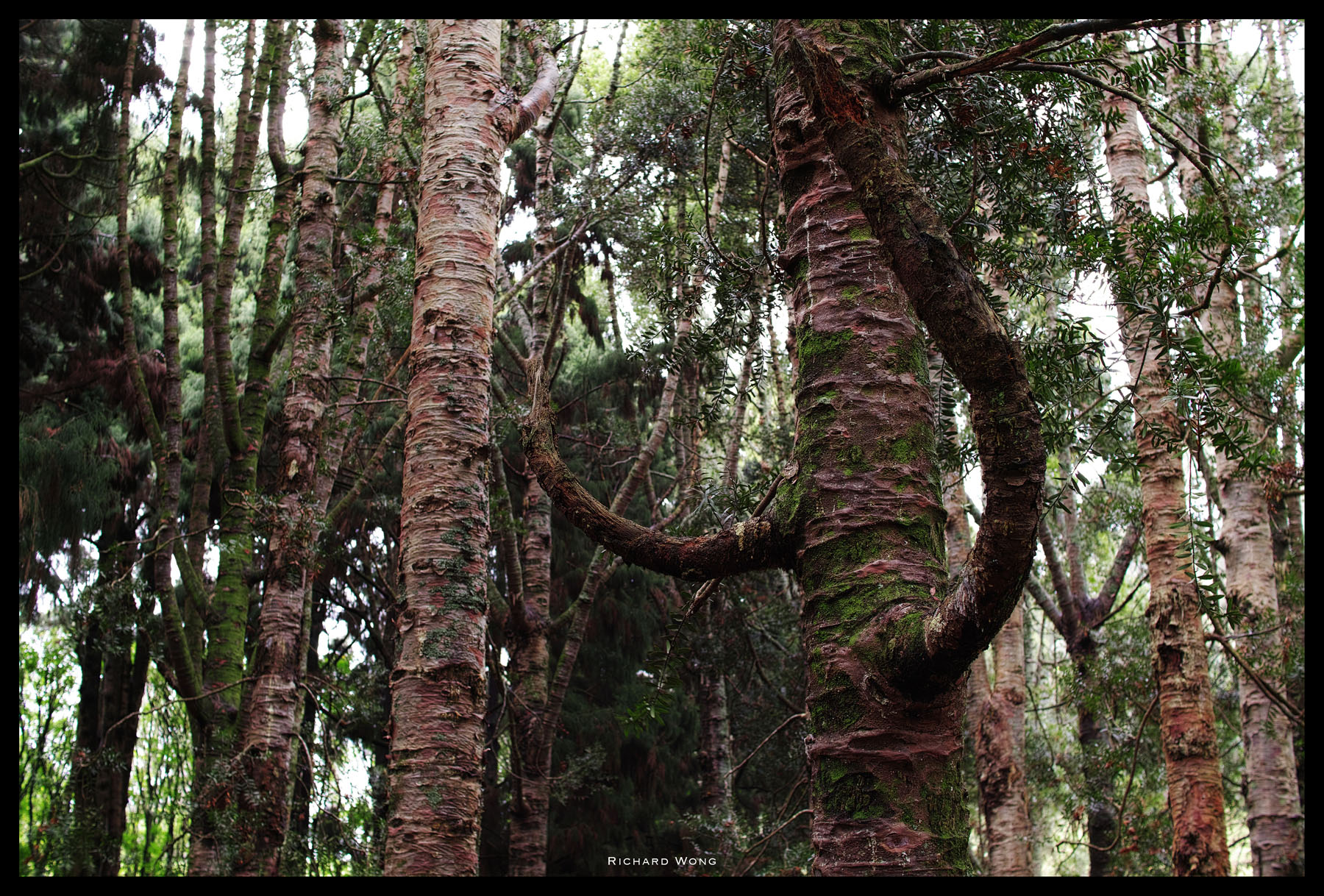 Sigma SD Quattro + Sigma 30mm f/1.4 DC ART – ISO 100 f/4 1/6s
Sigma SD Quattro + Sigma 30mm f/1.4 DC ART – ISO 100 f/4 1/6s
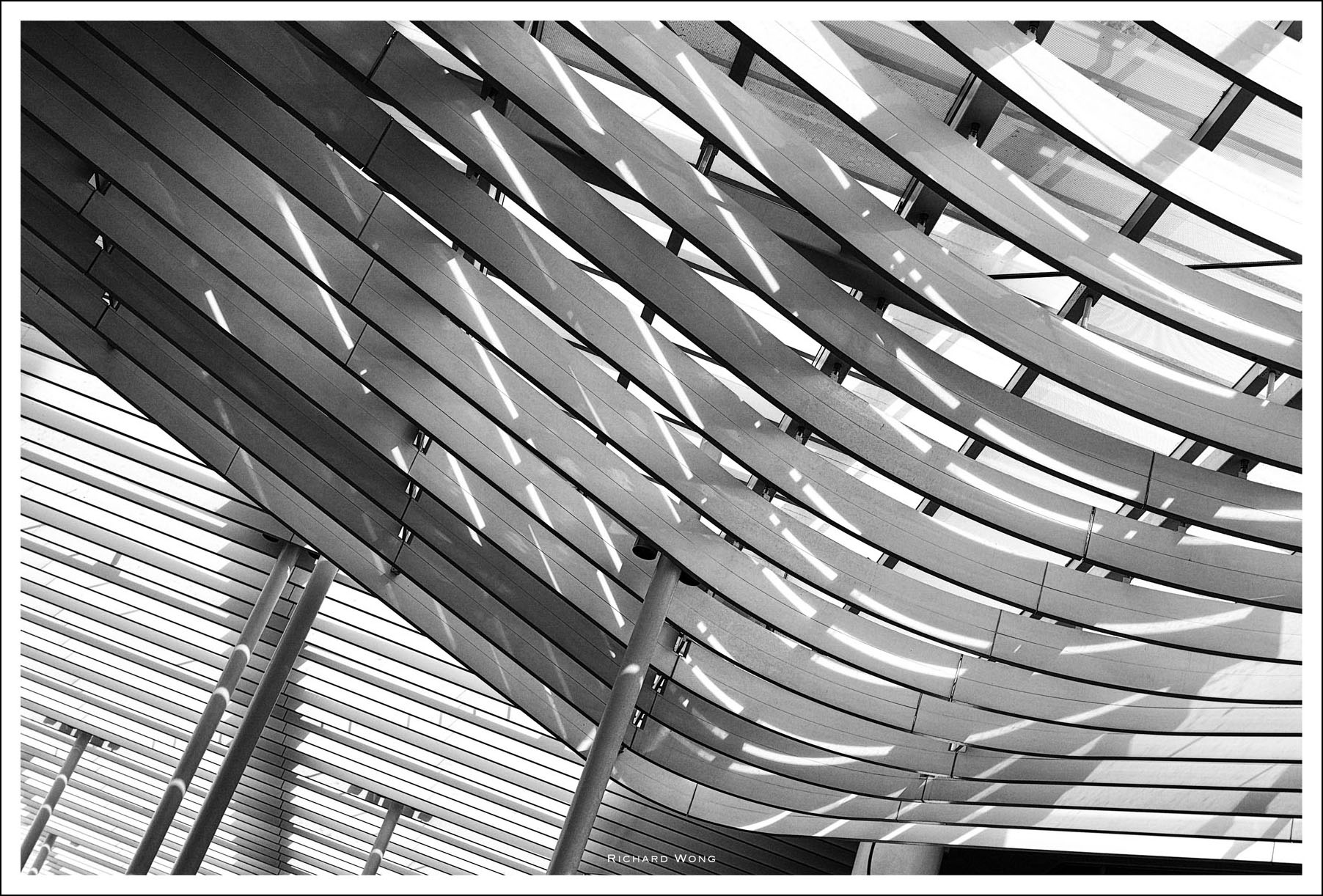 Sigma SD Quattro + Sigma 30mm f/1.4 DC ART – ISO 100 f/5.6 1/1250s
Sigma SD Quattro + Sigma 30mm f/1.4 DC ART – ISO 100 f/5.6 1/1250s
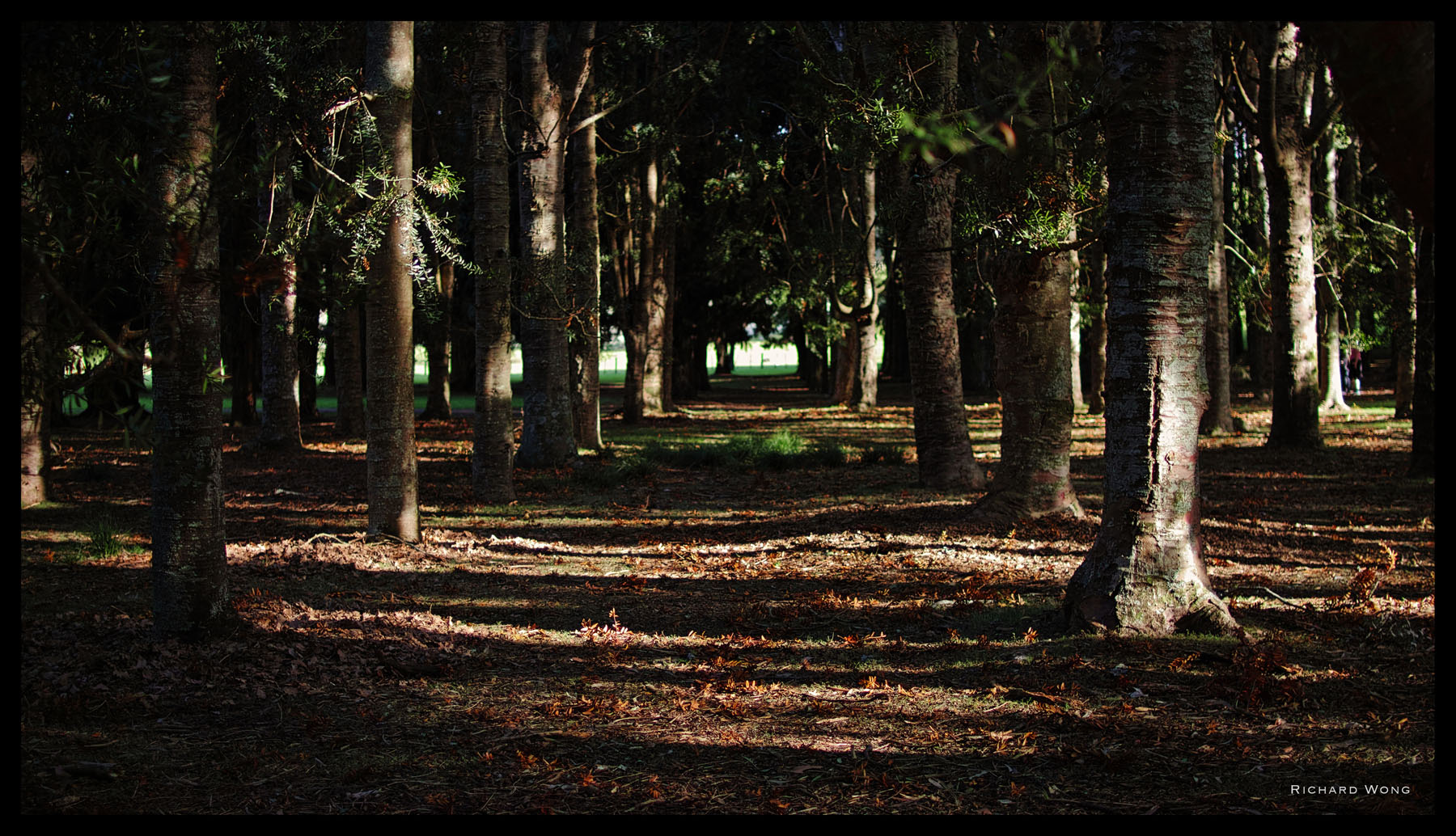 Sigma SD Quattro + Sigma 30mm f/1.4 DC ART – ISO 100 f/1.4 1/400s
Sigma SD Quattro + Sigma 30mm f/1.4 DC ART – ISO 100 f/1.4 1/400s
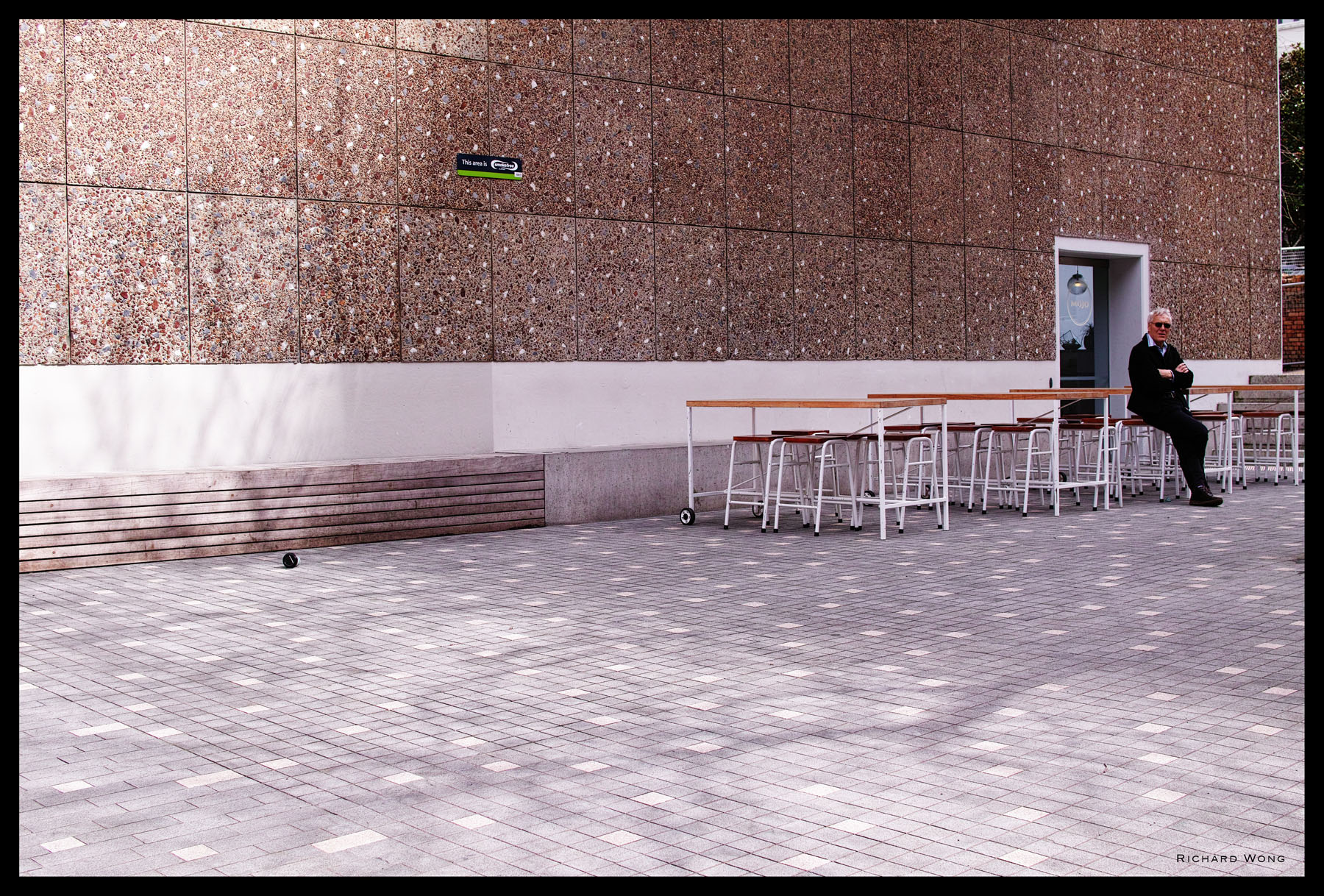 Sigma SD Quattro + Sigma 30mm f/1.4 DC ART – ISO 100 f/5.6 1/400s
Sigma SD Quattro + Sigma 30mm f/1.4 DC ART – ISO 100 f/5.6 1/400s
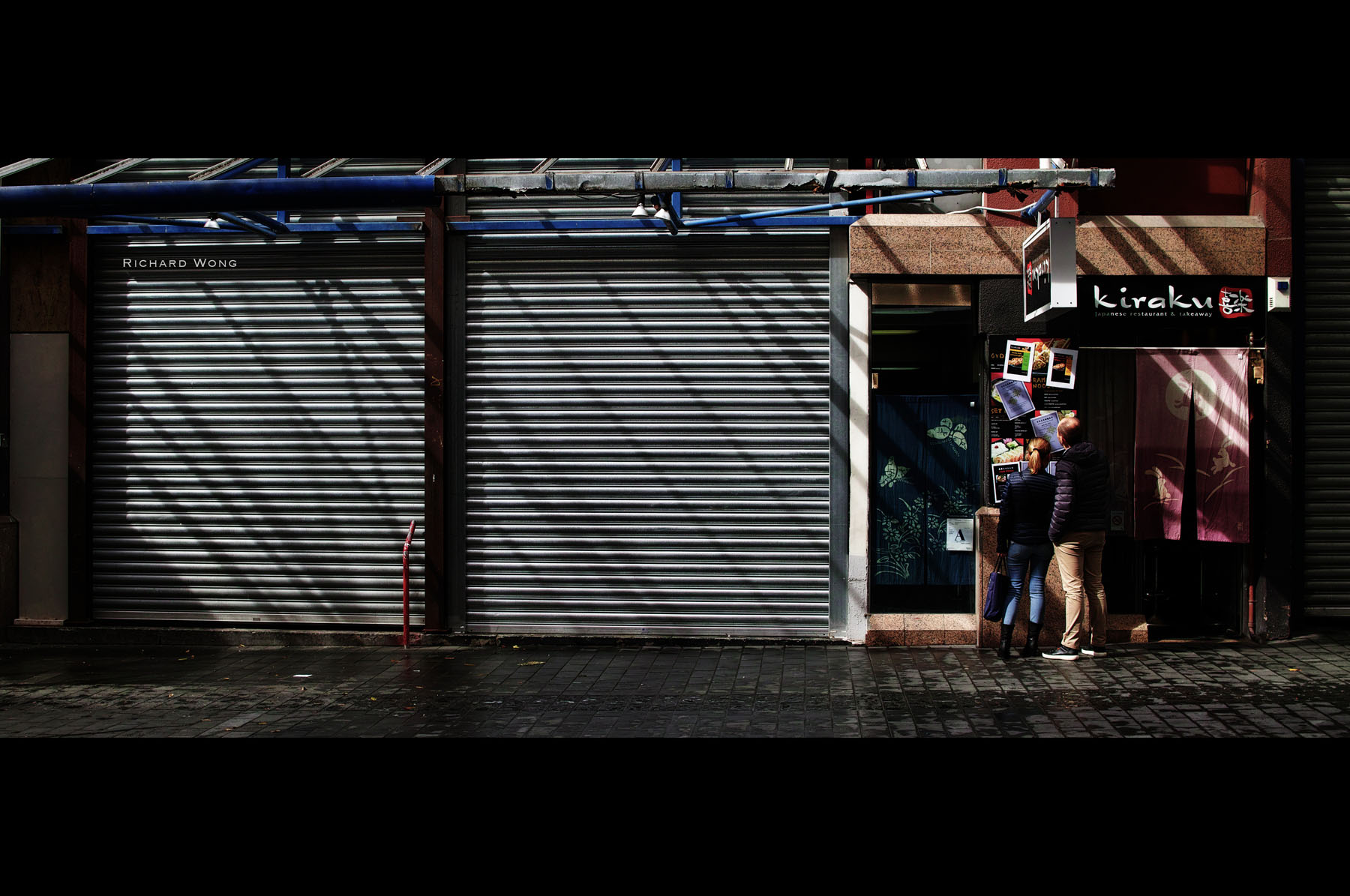 Sigma SD Quattro + Sigma 30mm f/1.4 DC ART – ISO 100 f/5.6 1/200s (21:9)
Sigma SD Quattro + Sigma 30mm f/1.4 DC ART – ISO 100 f/5.6 1/200s (21:9)
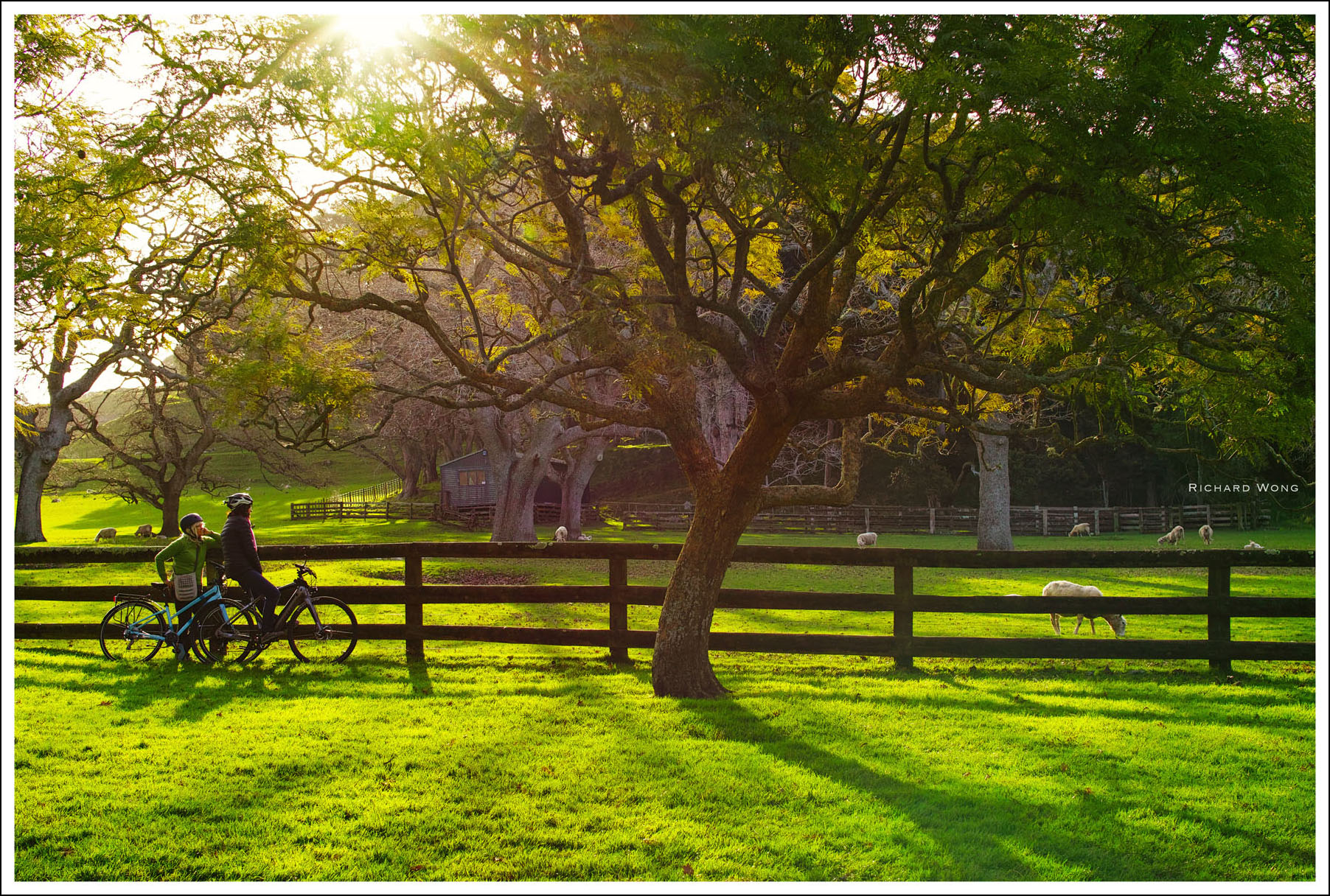 Sigma SD Quattro + Sigma 30mm f/1.4 DC ART – ISO 100 f/5 1/200s
Sigma SD Quattro + Sigma 30mm f/1.4 DC ART – ISO 100 f/5 1/200s
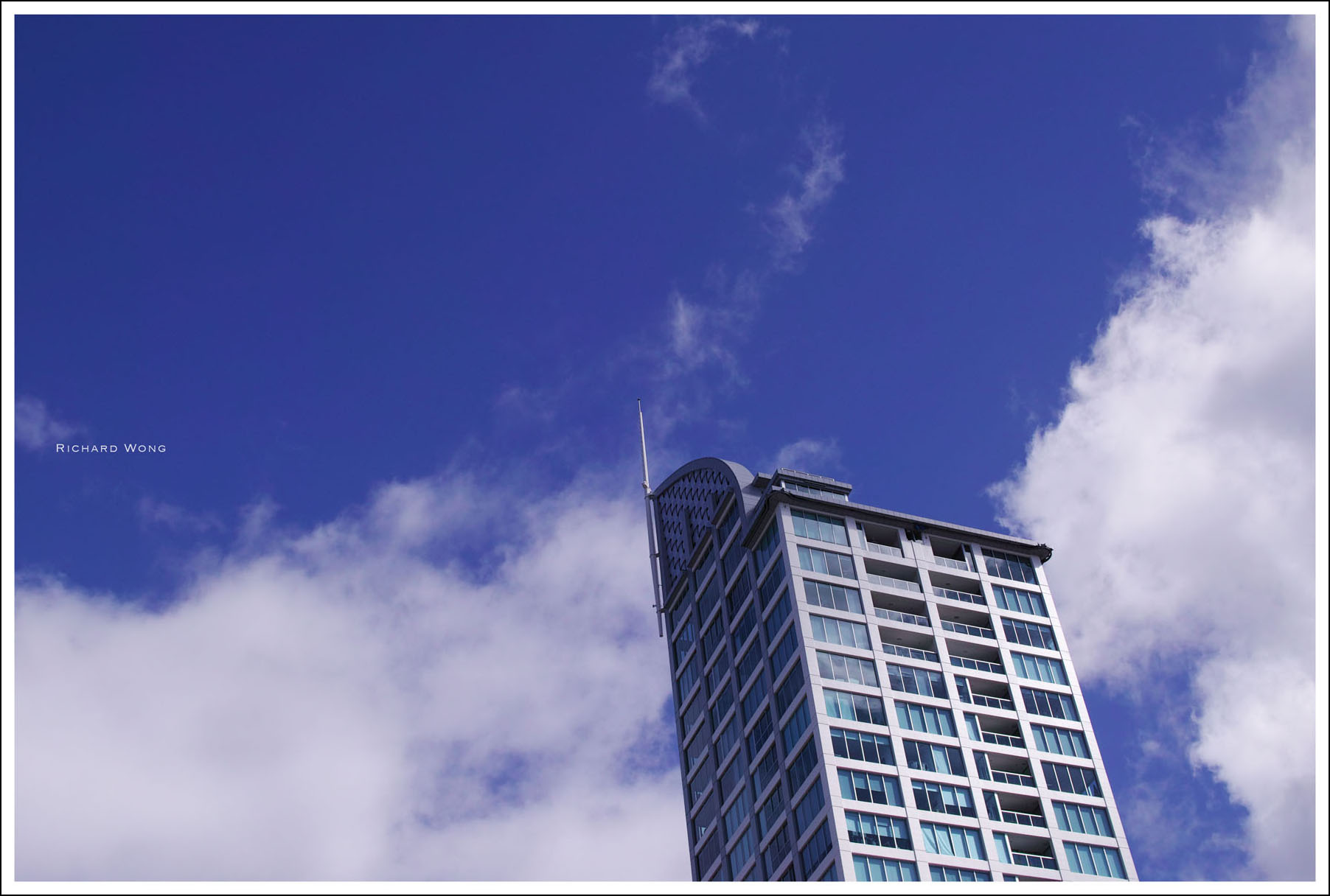 Sigma SD Quattro + Sigma 30mm f/1.4 DC ART – ISO 100 f/5.6 1/2500s
Sigma SD Quattro + Sigma 30mm f/1.4 DC ART – ISO 100 f/5.6 1/2500s
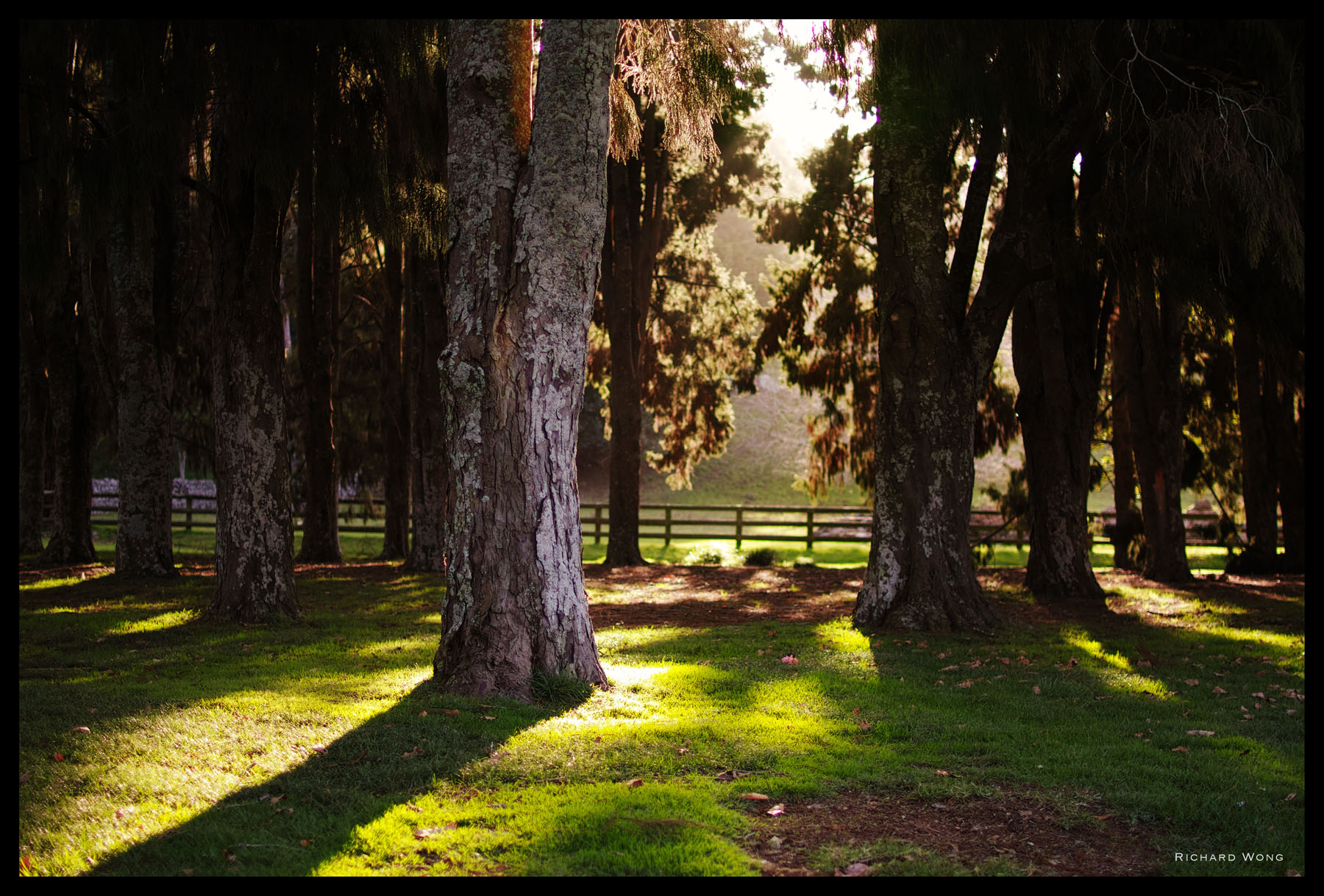 Sigma SD Quattro + Sigma 30mm f/1.4 DC ART – ISO 100 f/1.4 1/640s
Sigma SD Quattro + Sigma 30mm f/1.4 DC ART – ISO 100 f/1.4 1/640s
Reviewer: Richard Wong
Richard is a multi-award winning wedding/portrait photographer based in Auckland, New Zealand. Richard’s website is www.photobyrichard.com
If you like my review, please follow me on Facebook 🙂
https://www.facebook.com/ReviewByRichard
All photos and text Copyright© 2016 www.photobyrichard.com. All photos and text may not be copied or reproduced in any format without obtaining written permissions
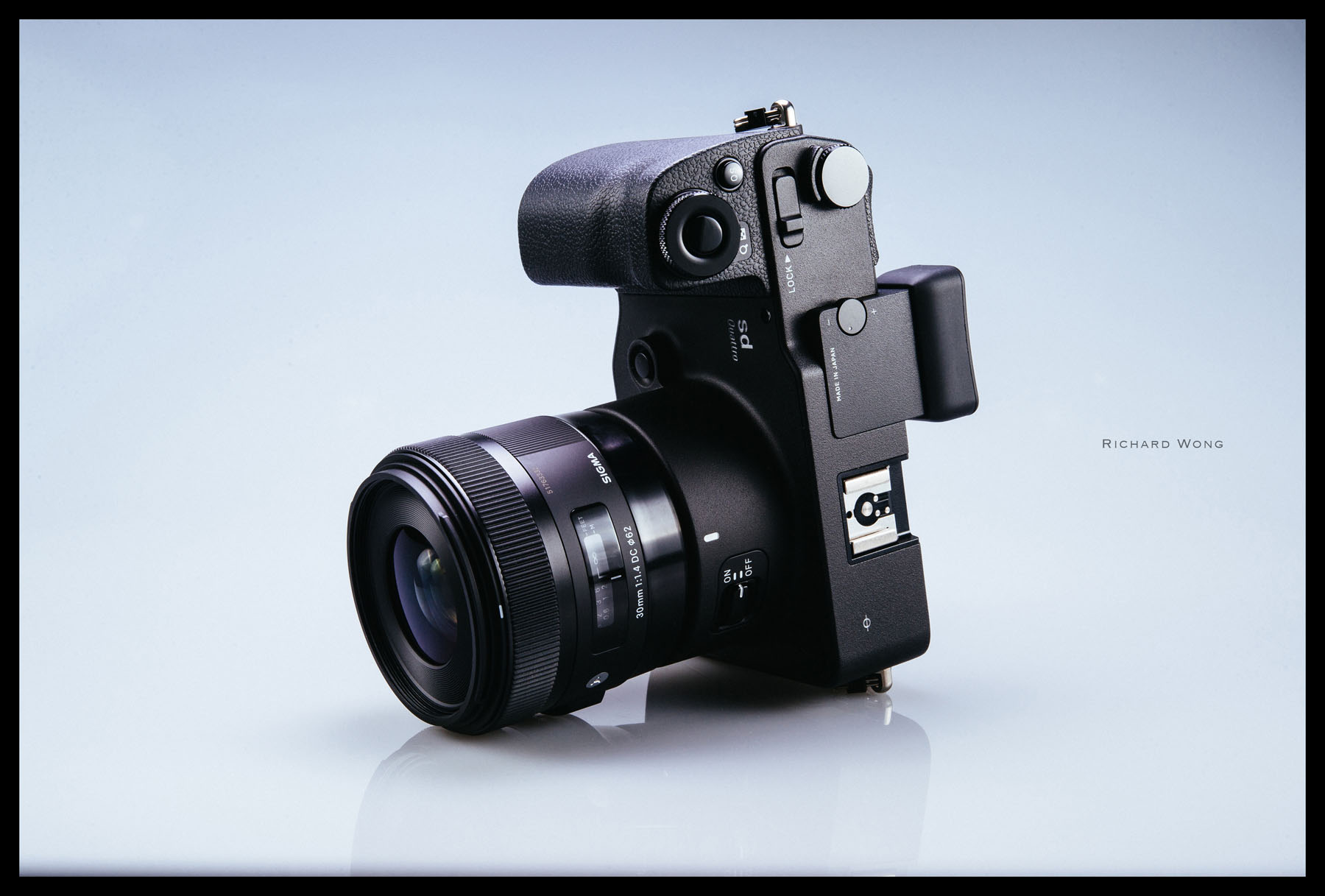
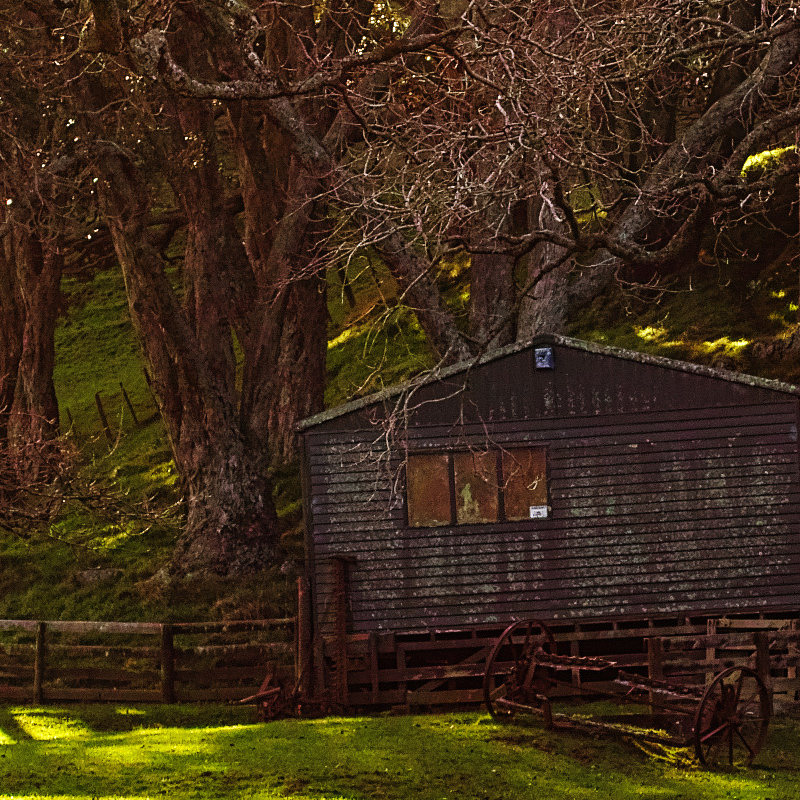
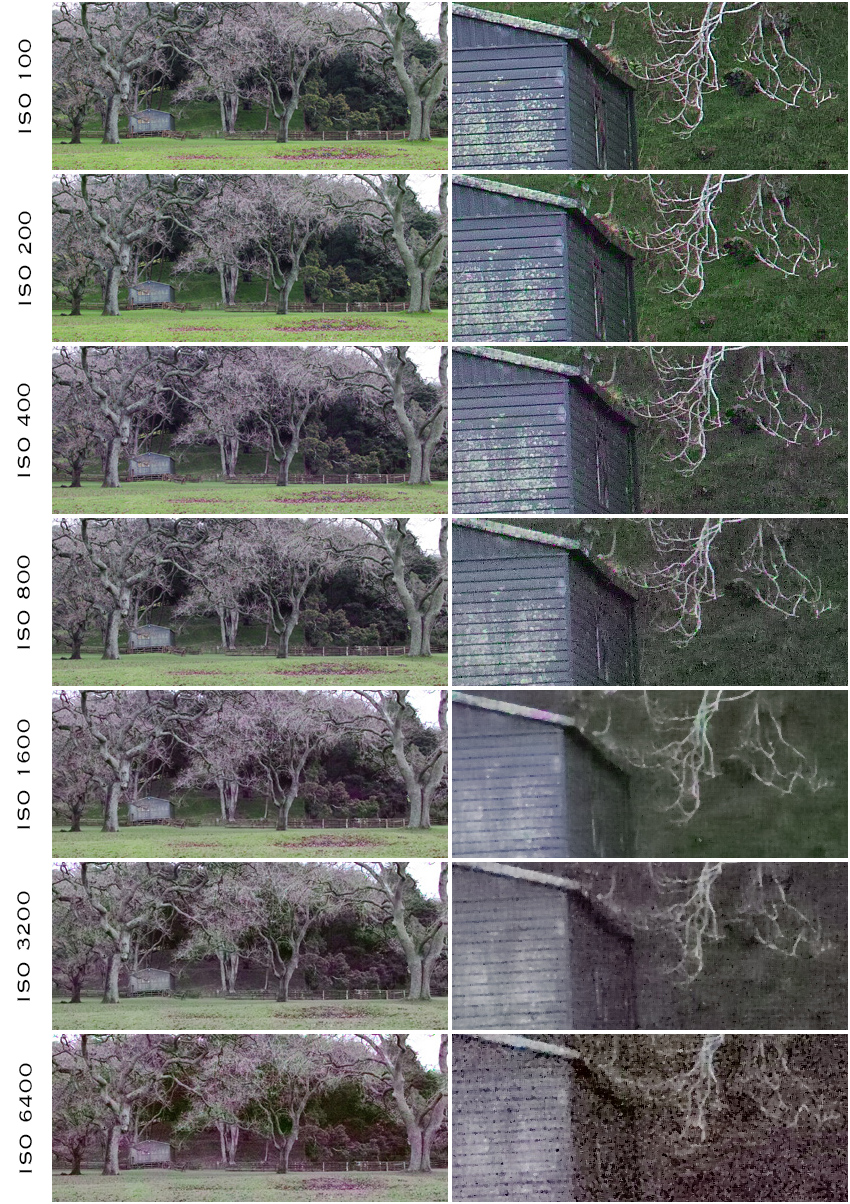
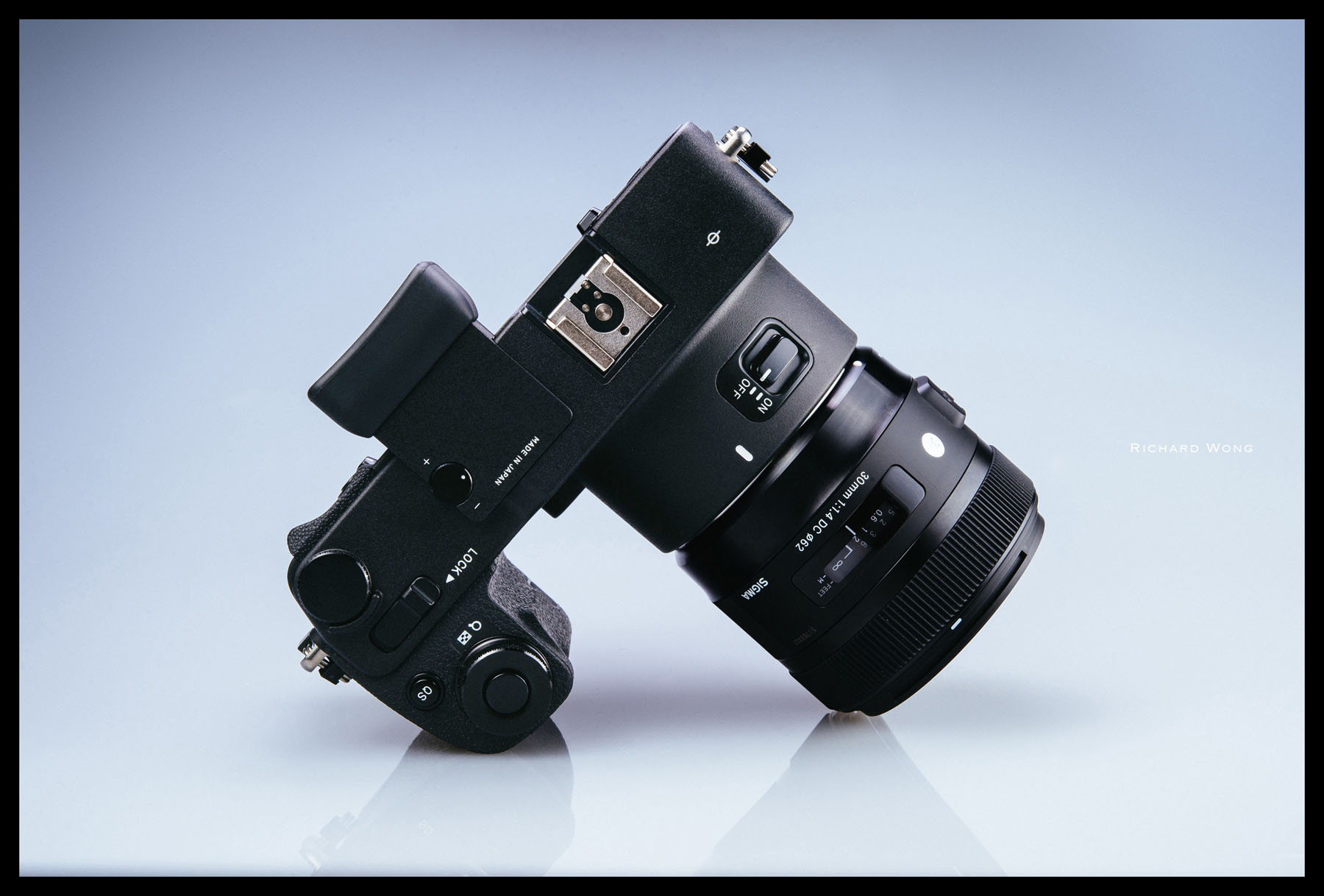
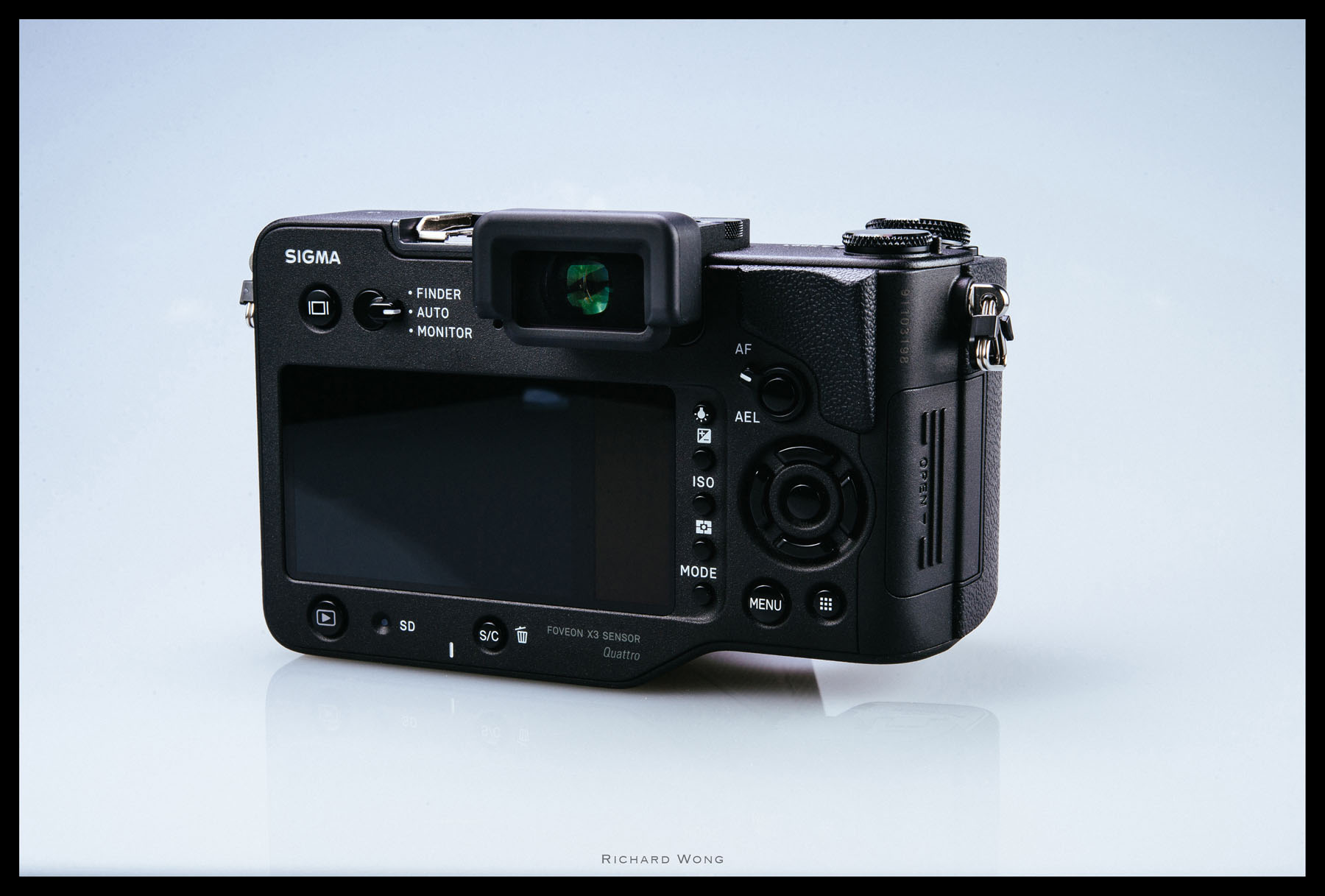
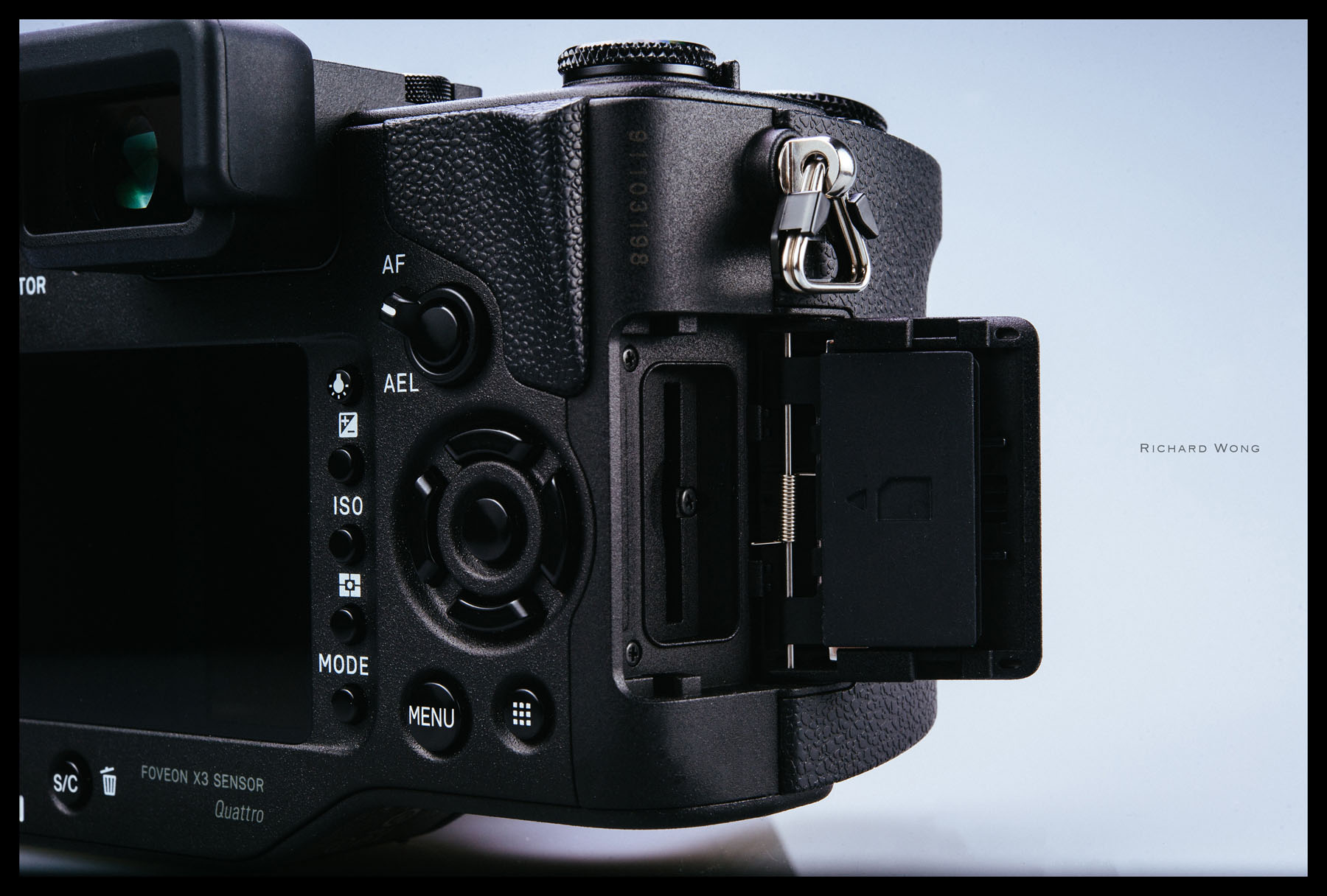
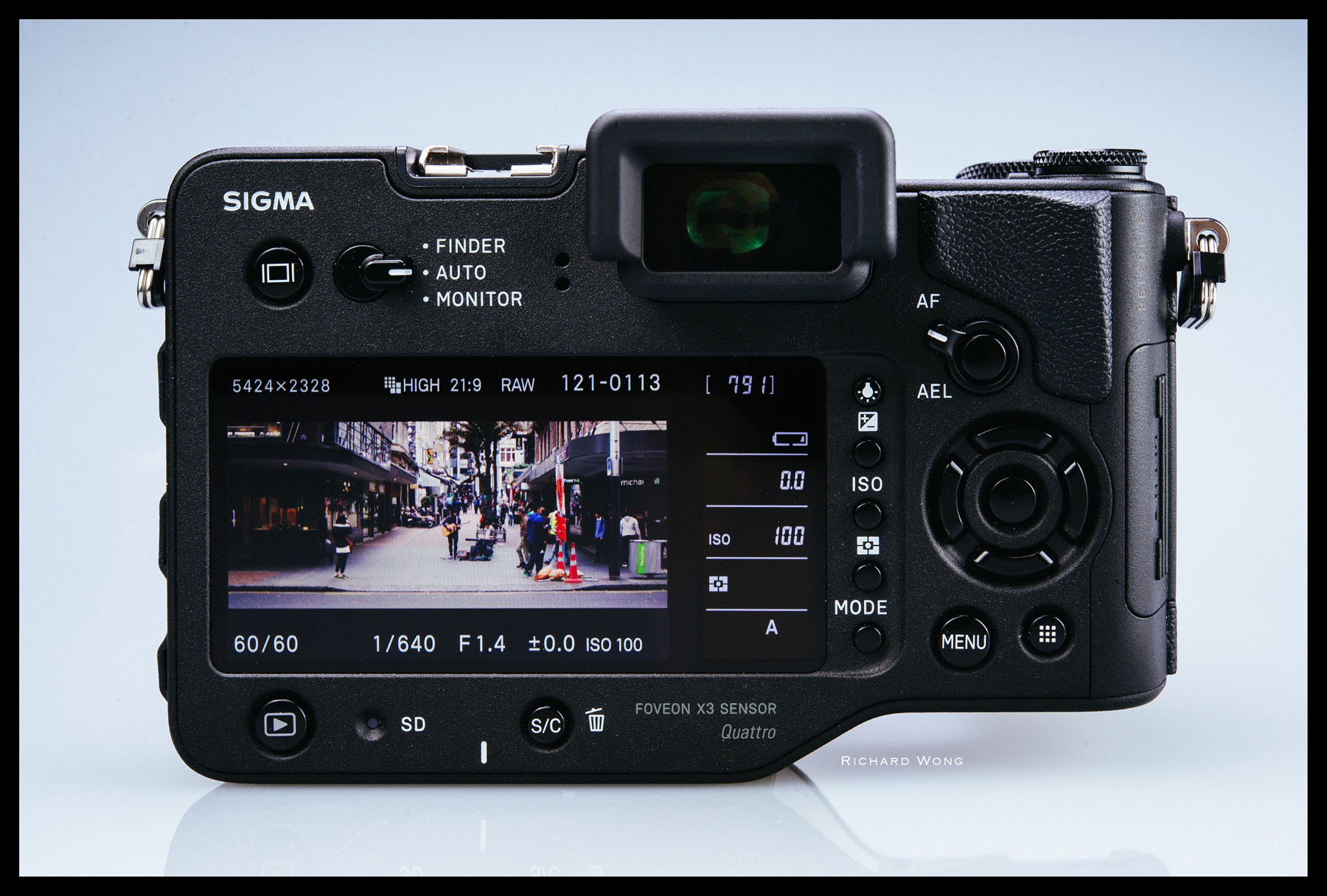
Comments are closed.